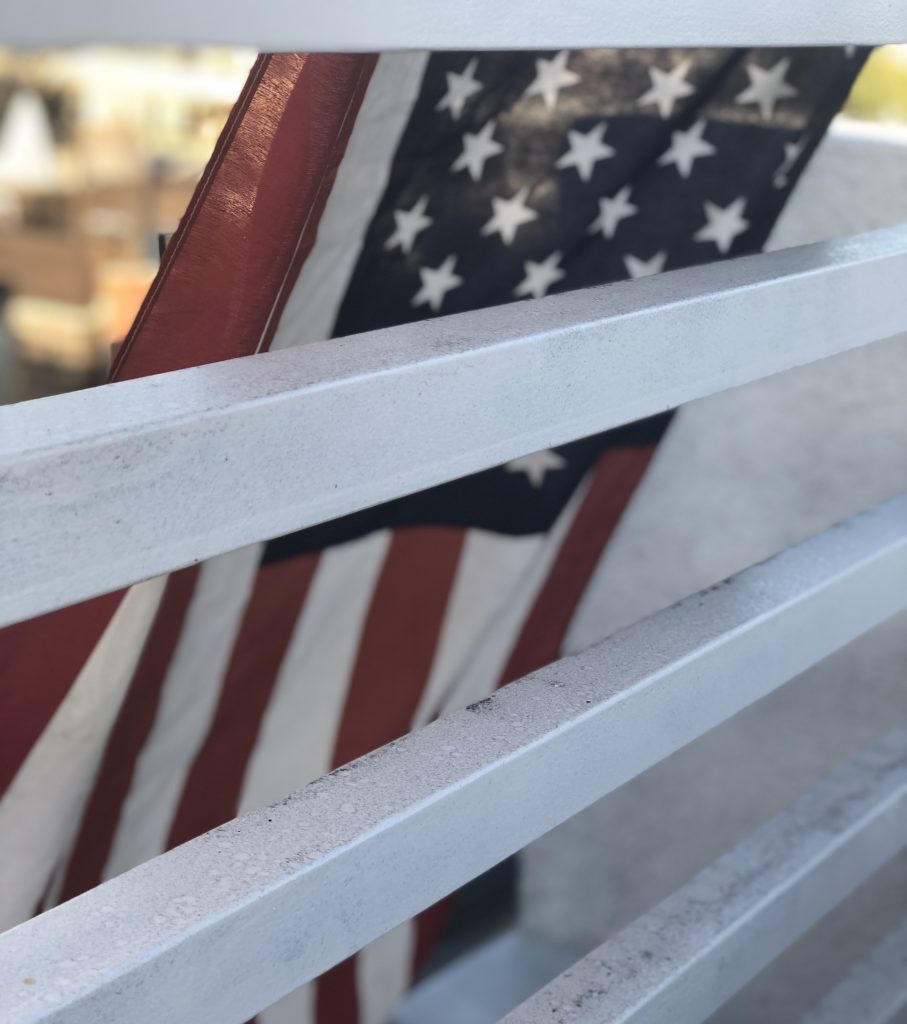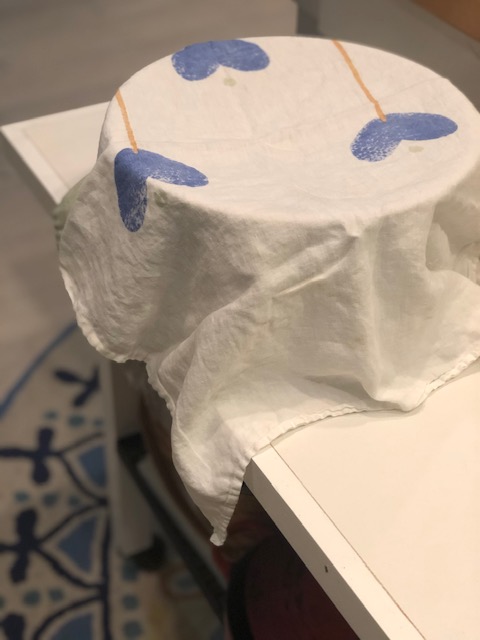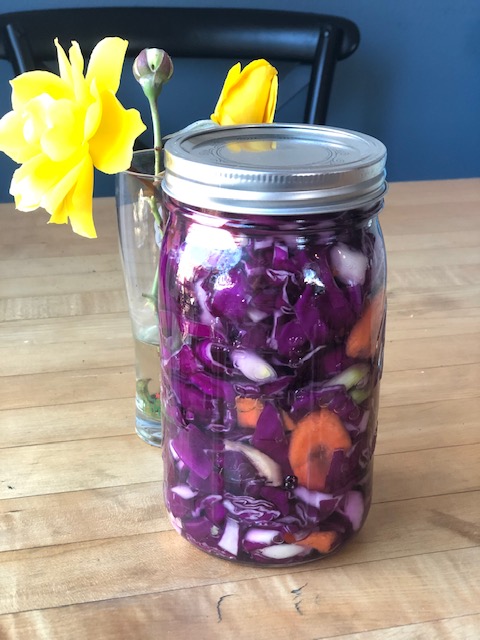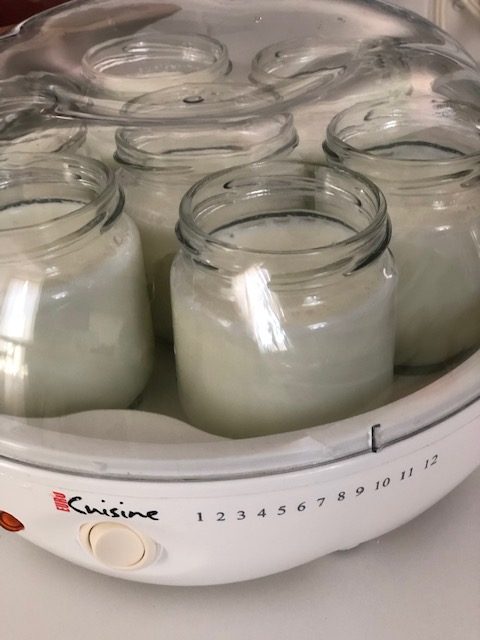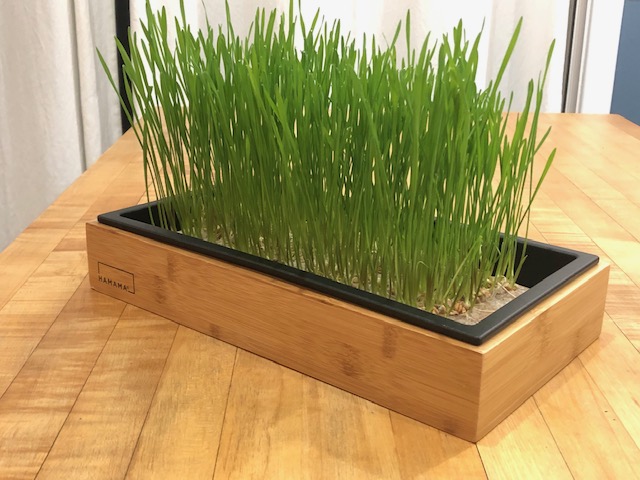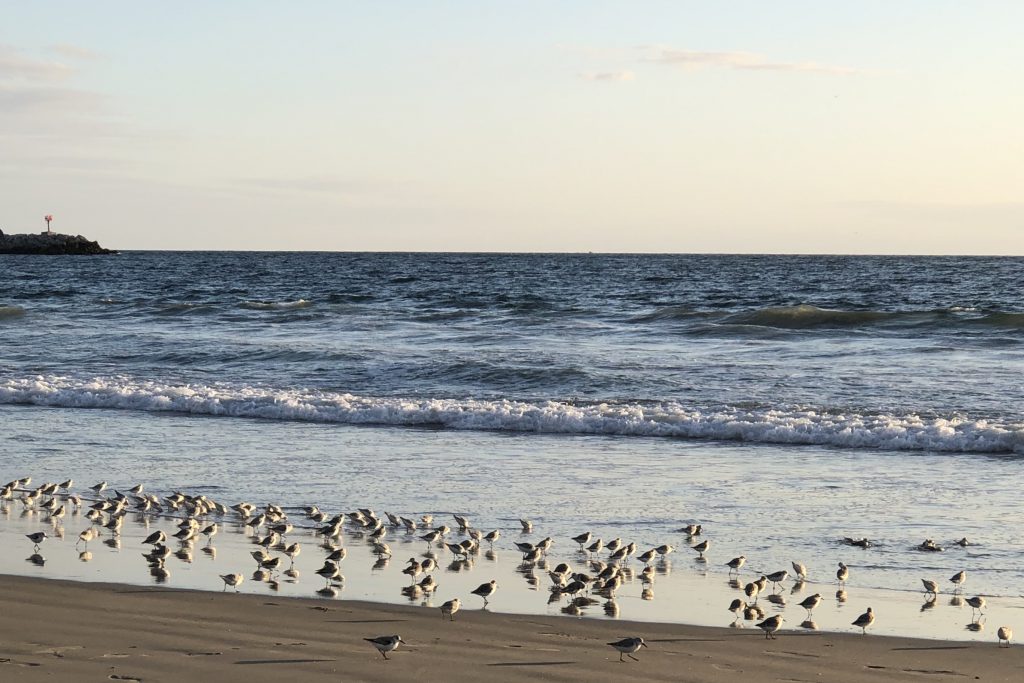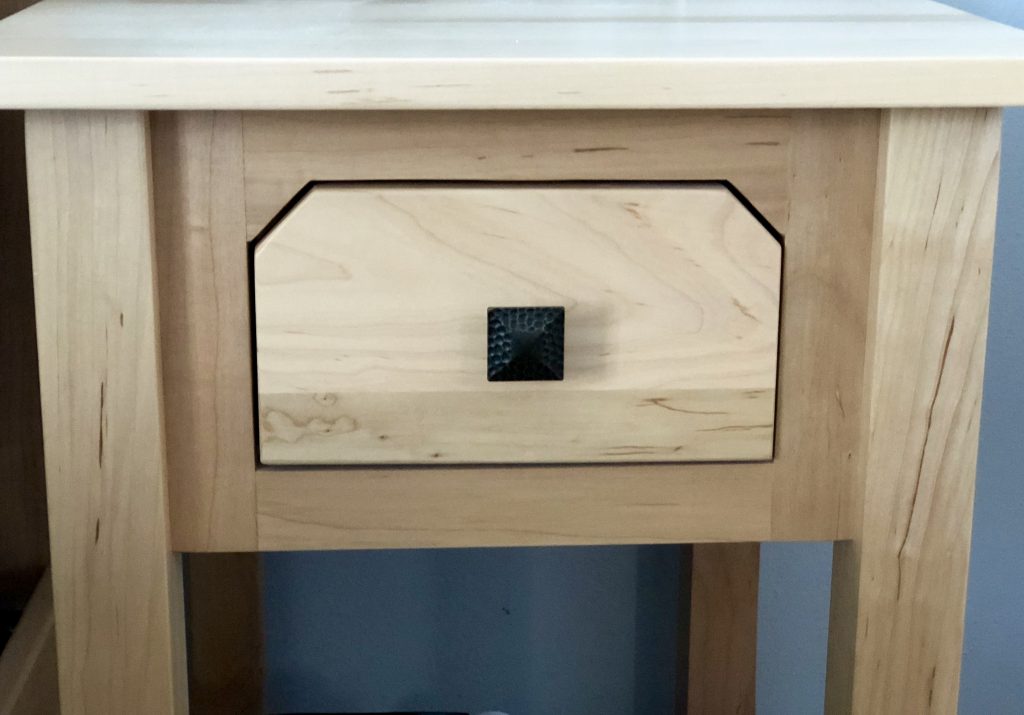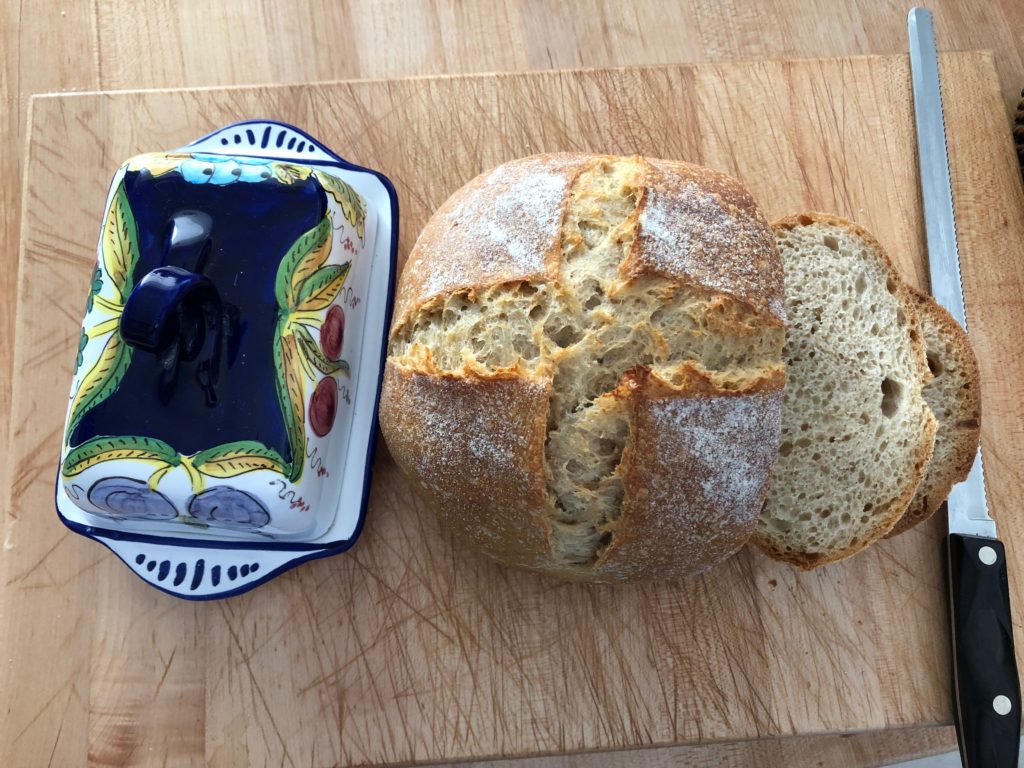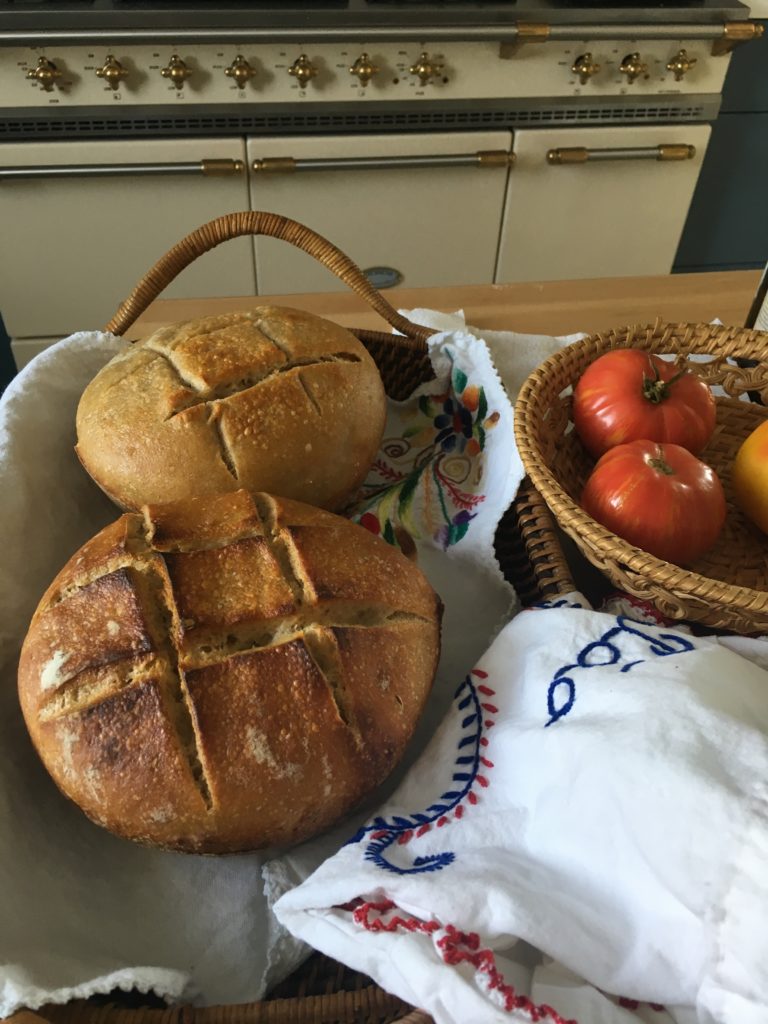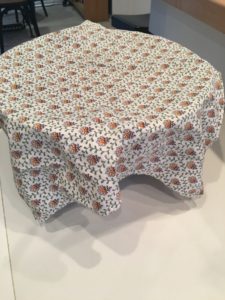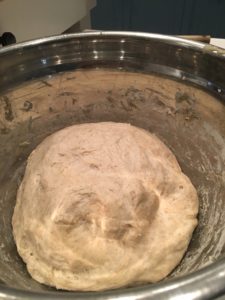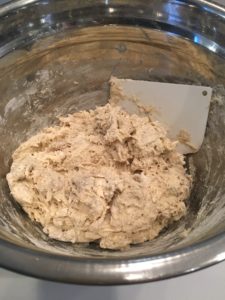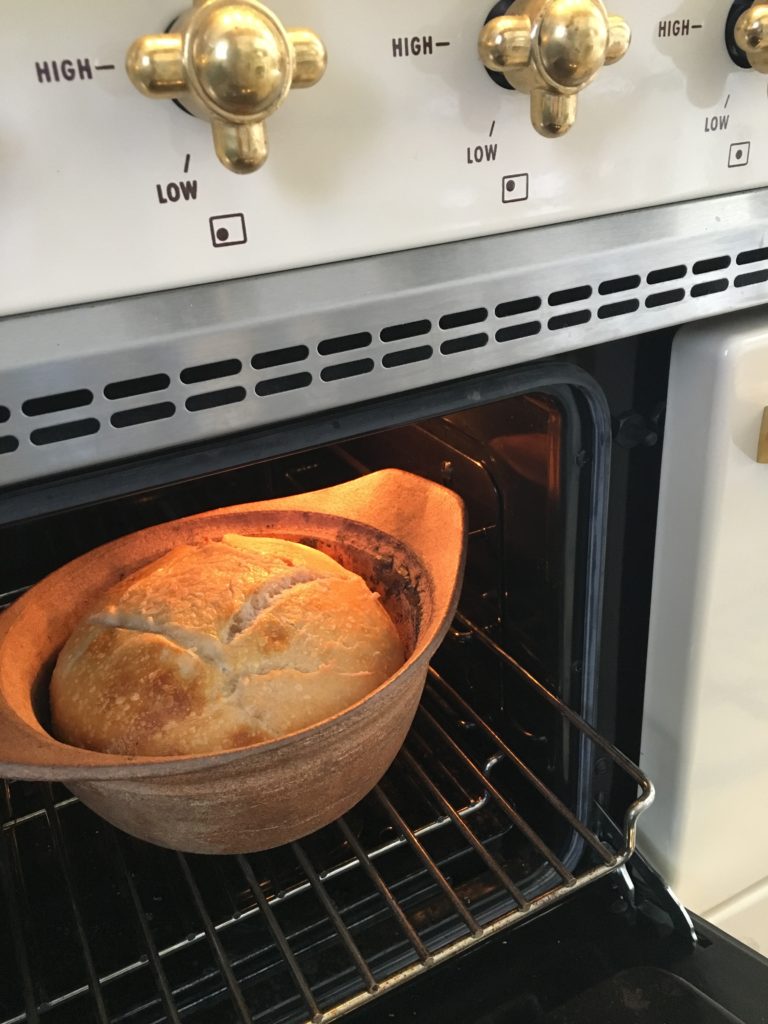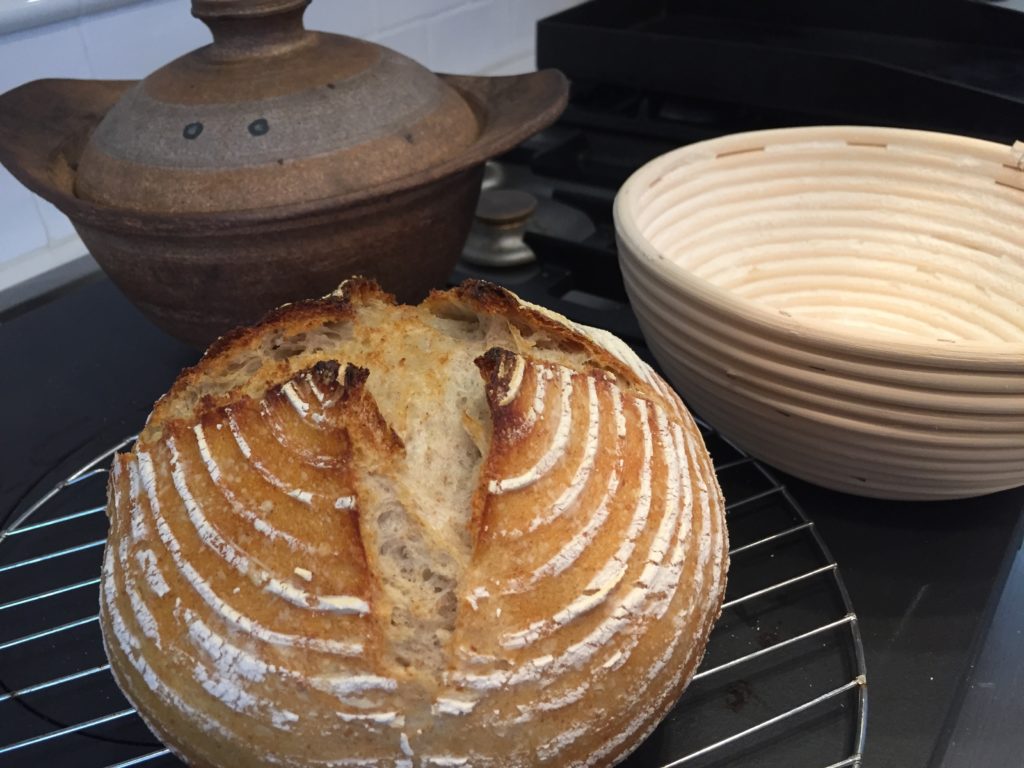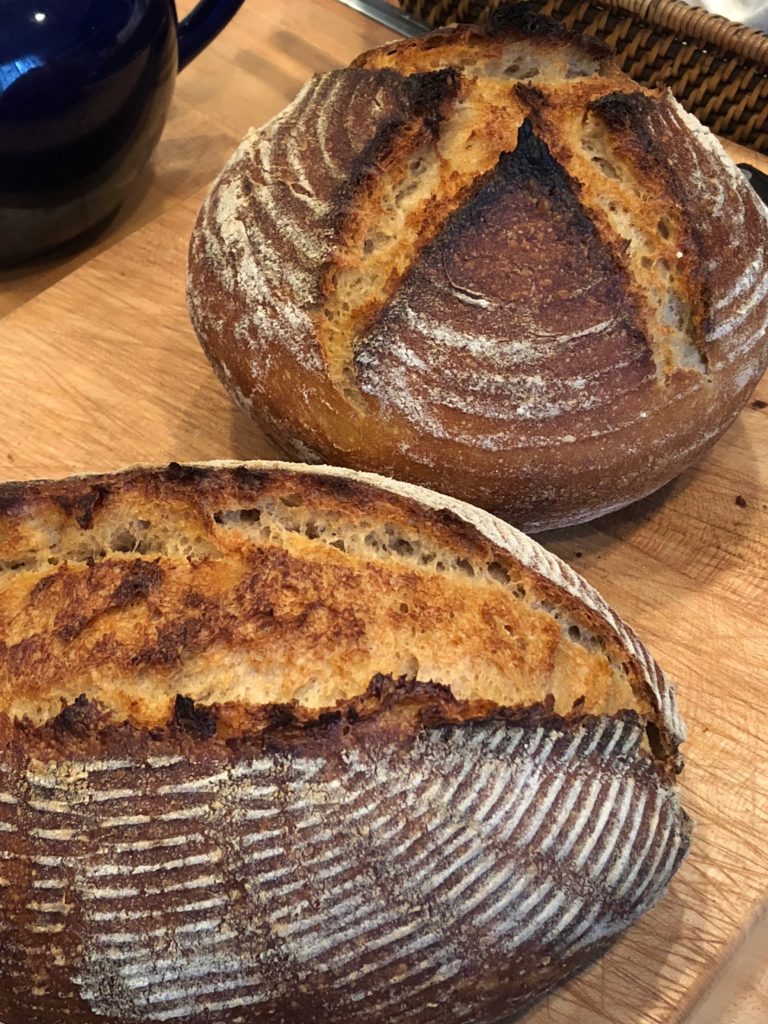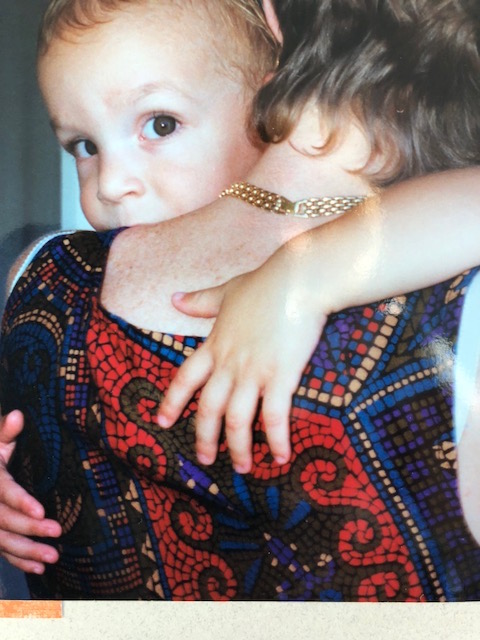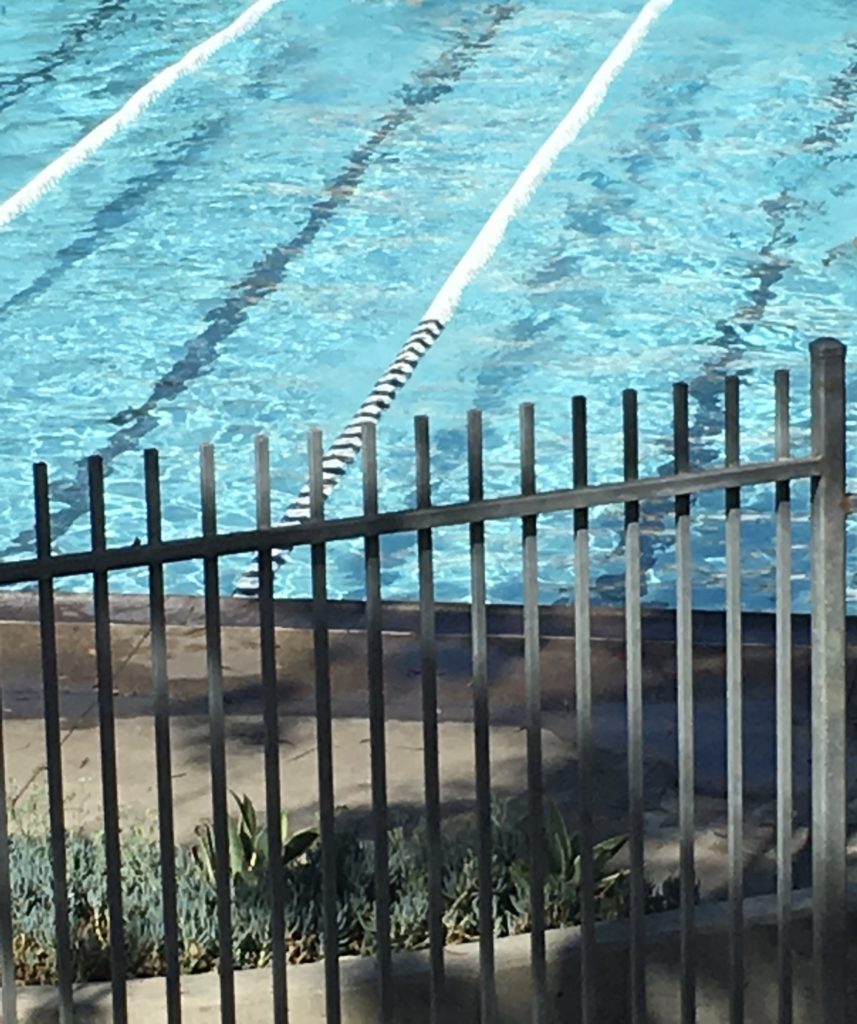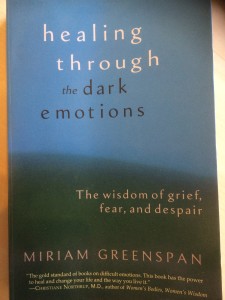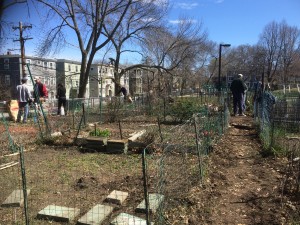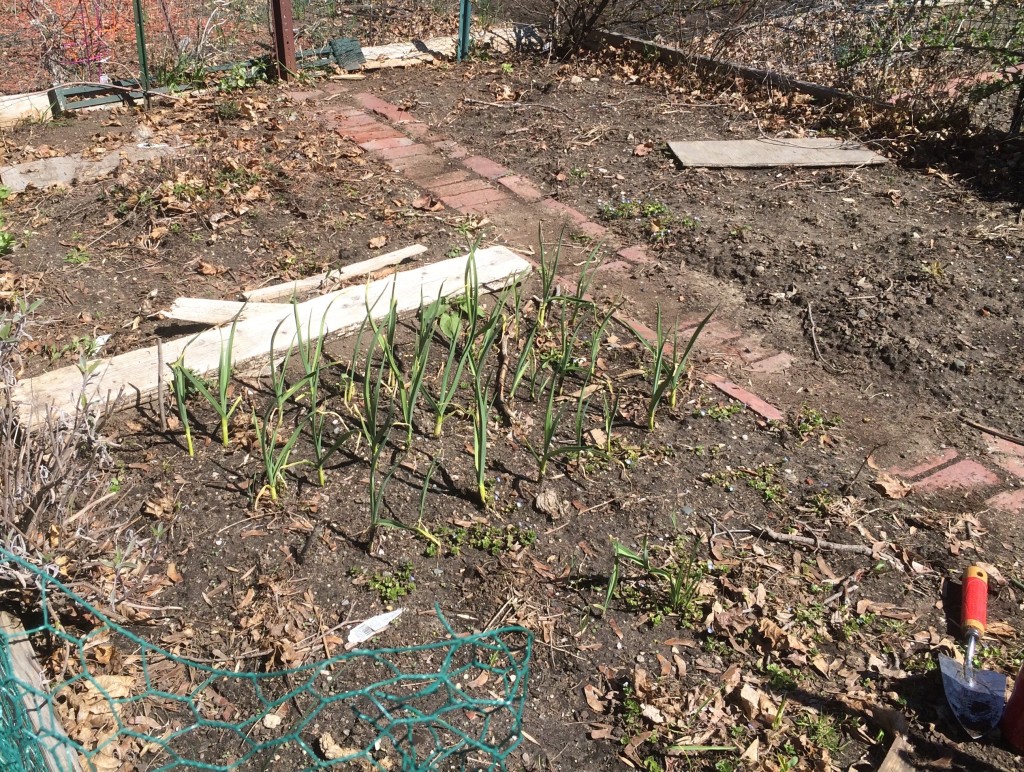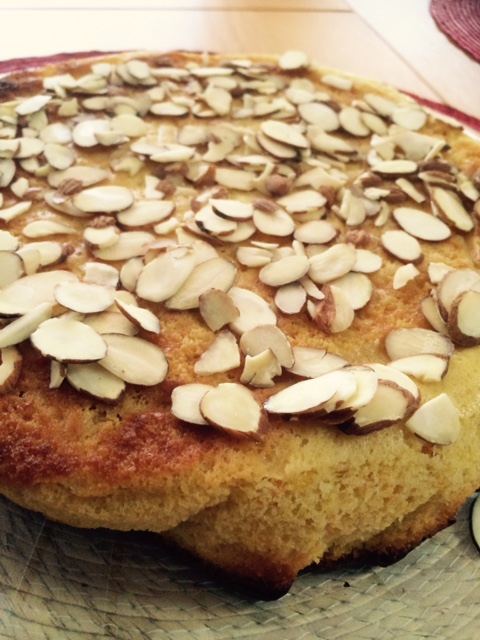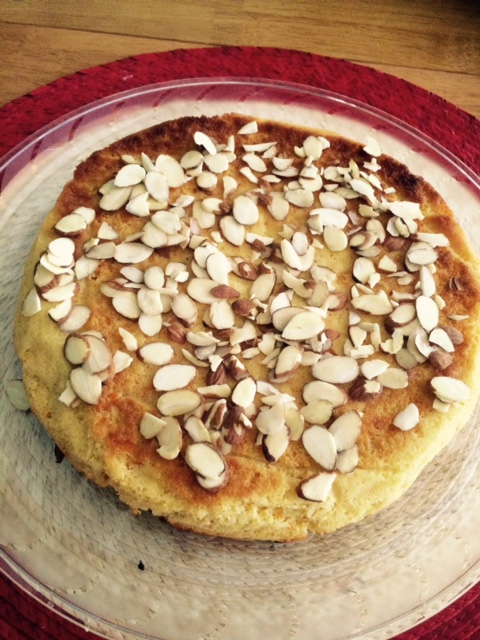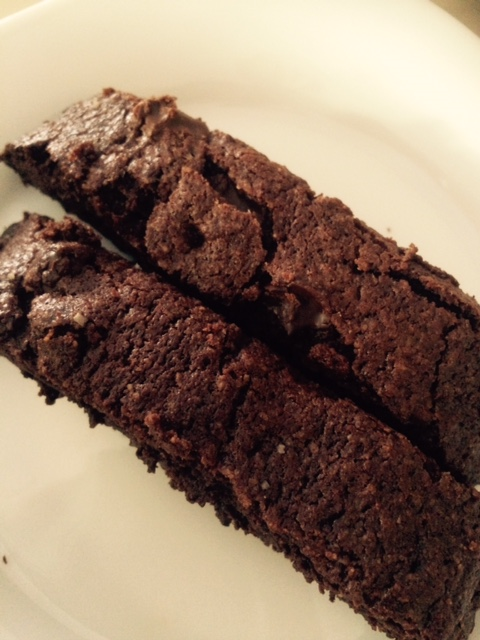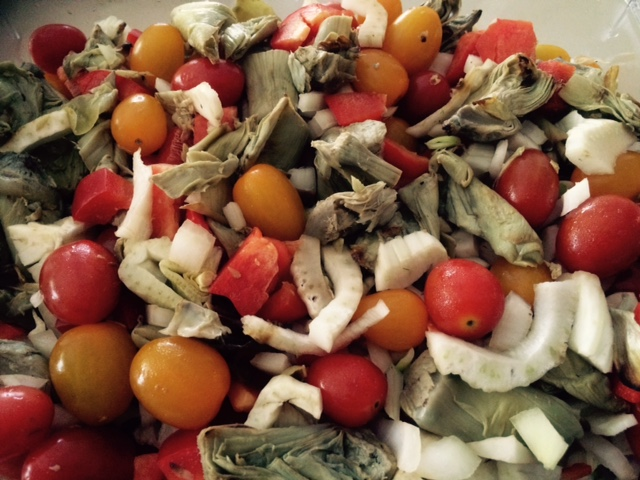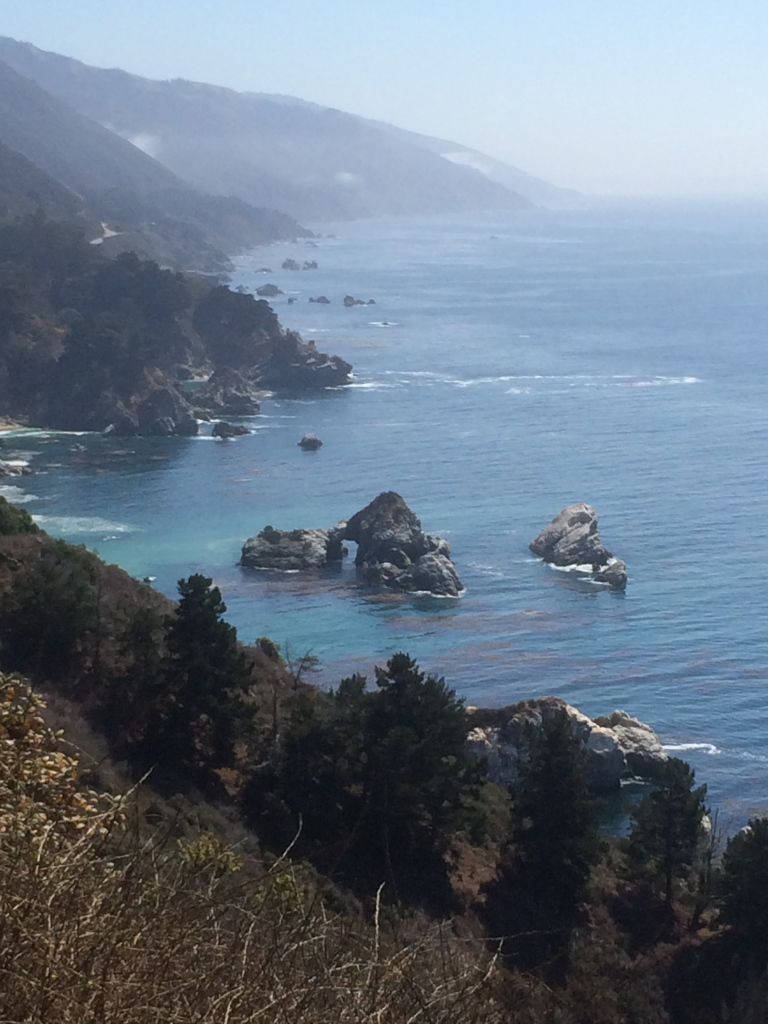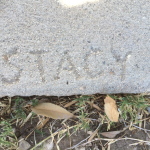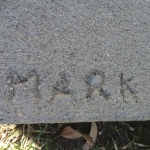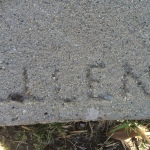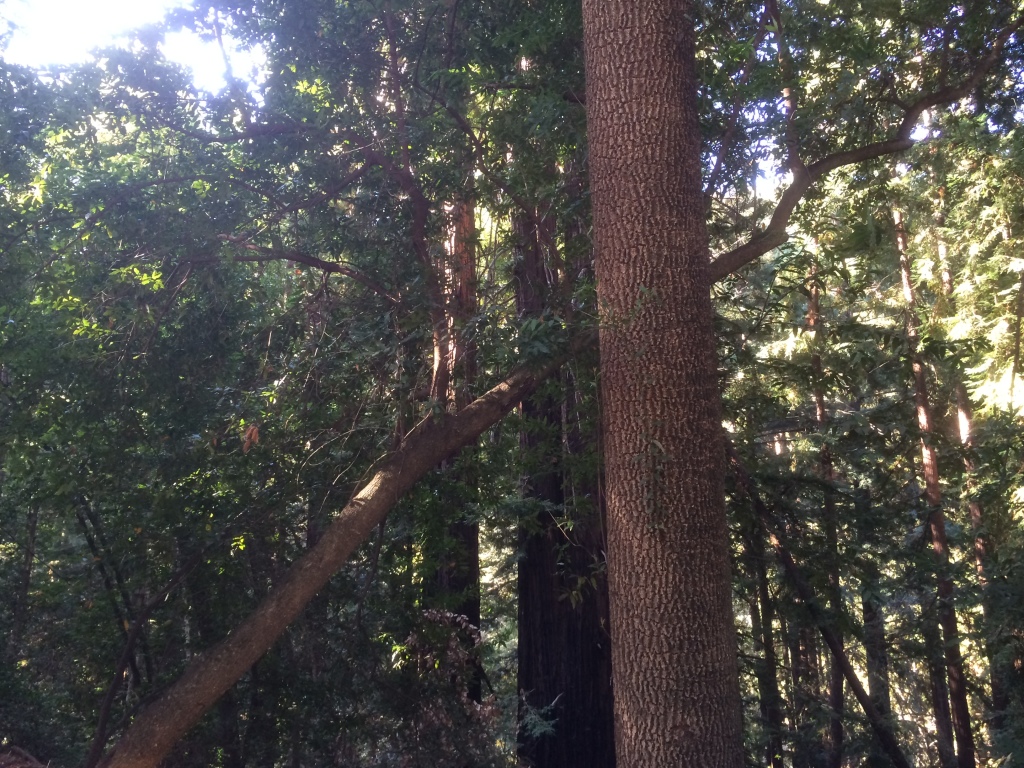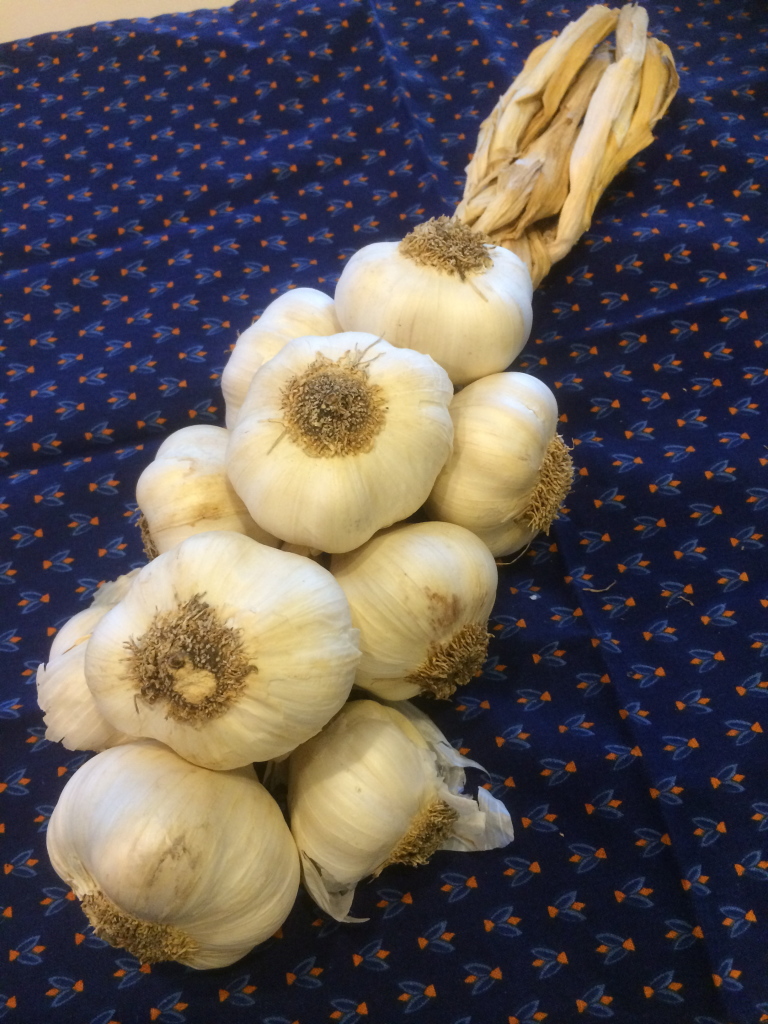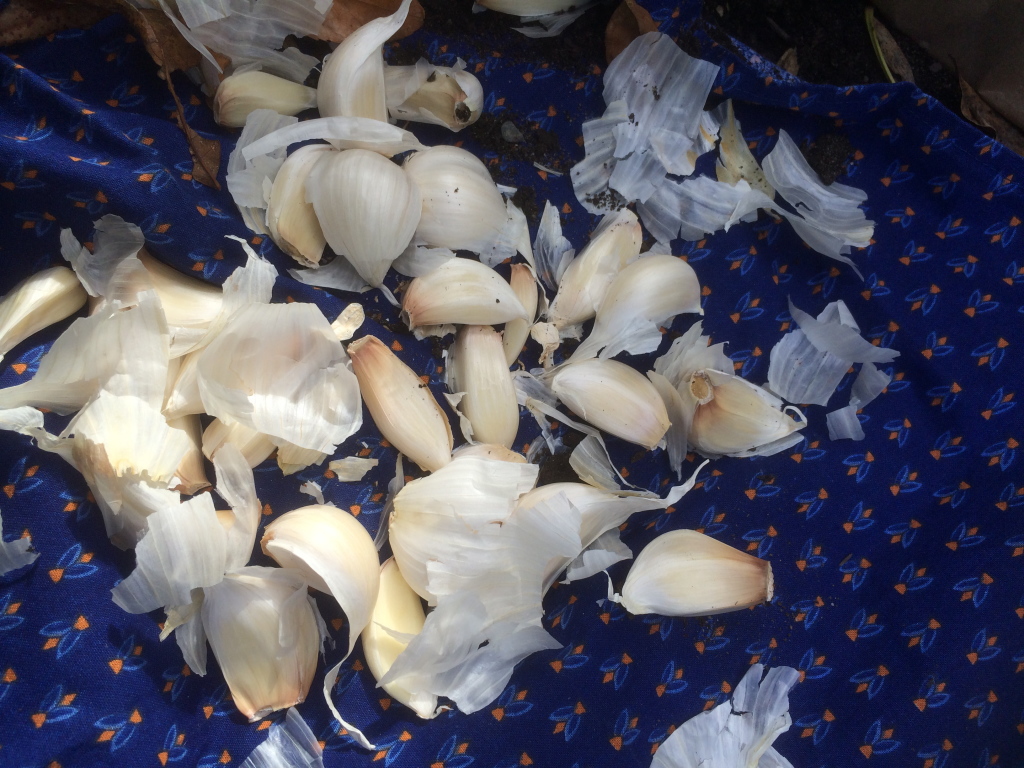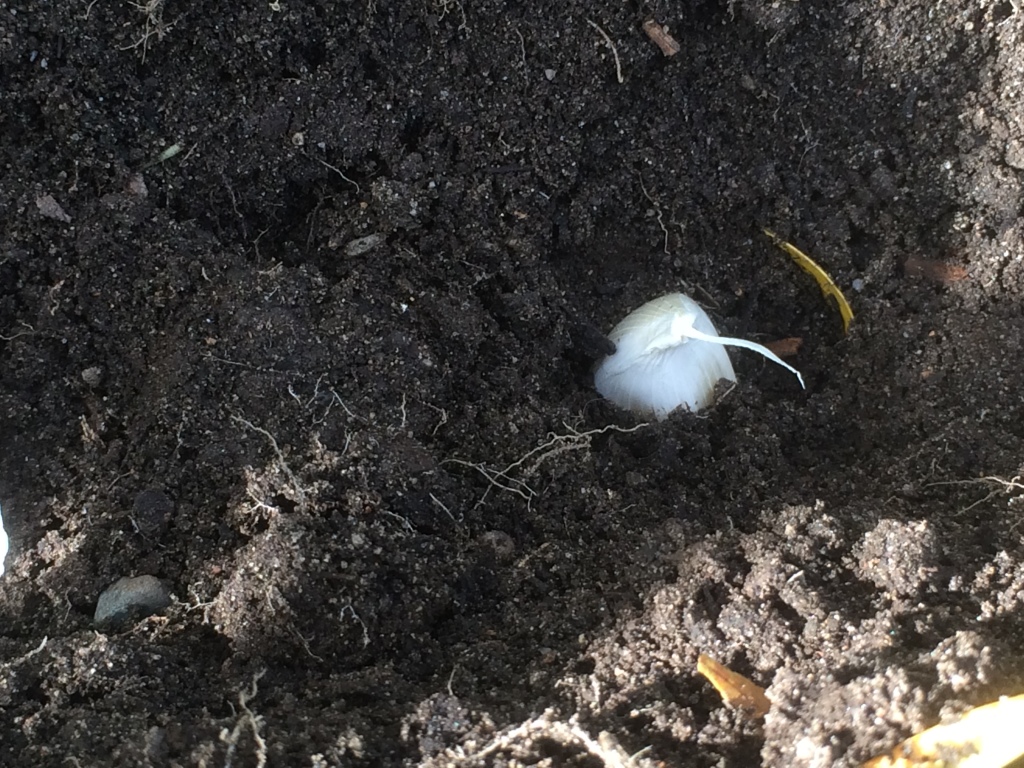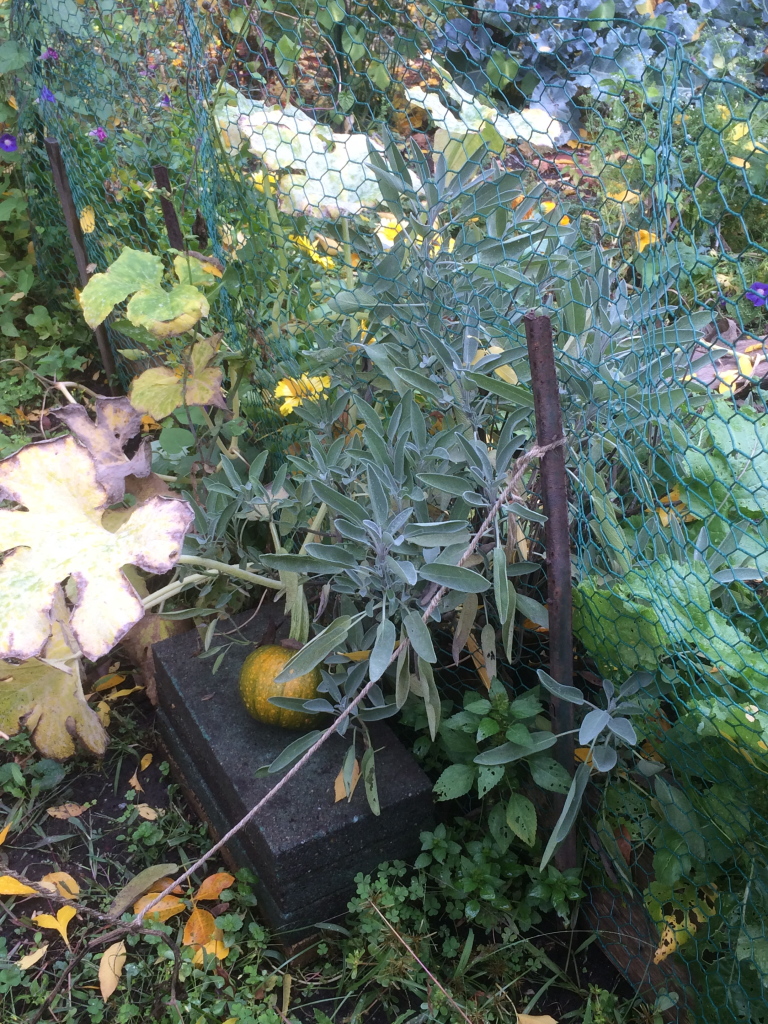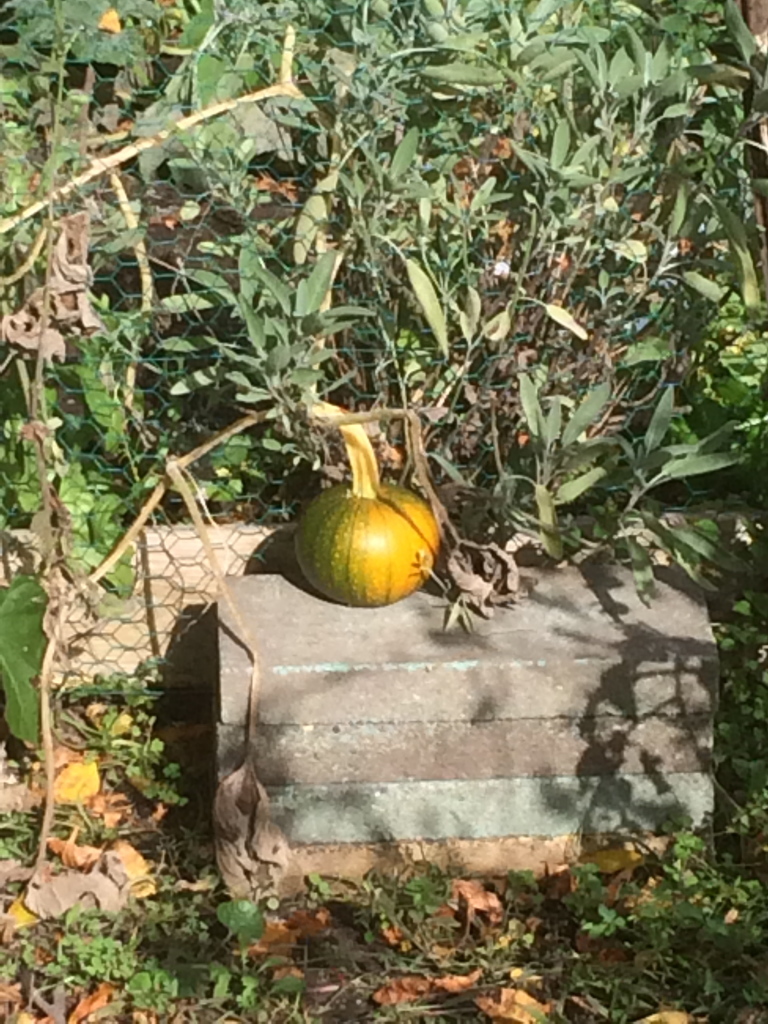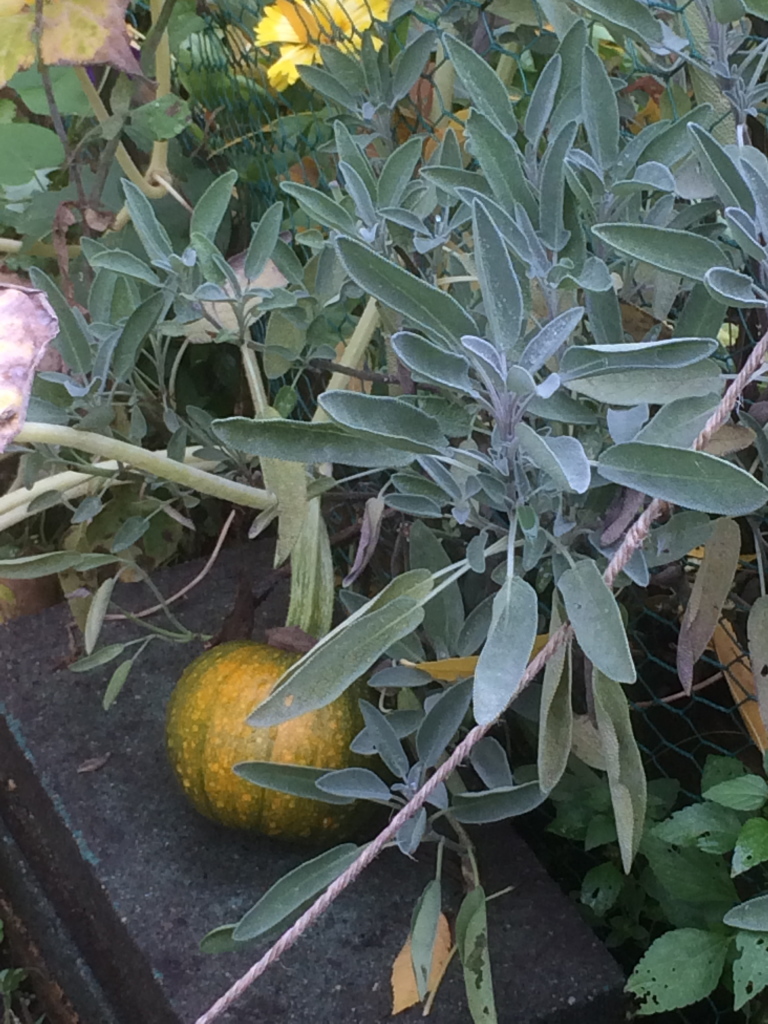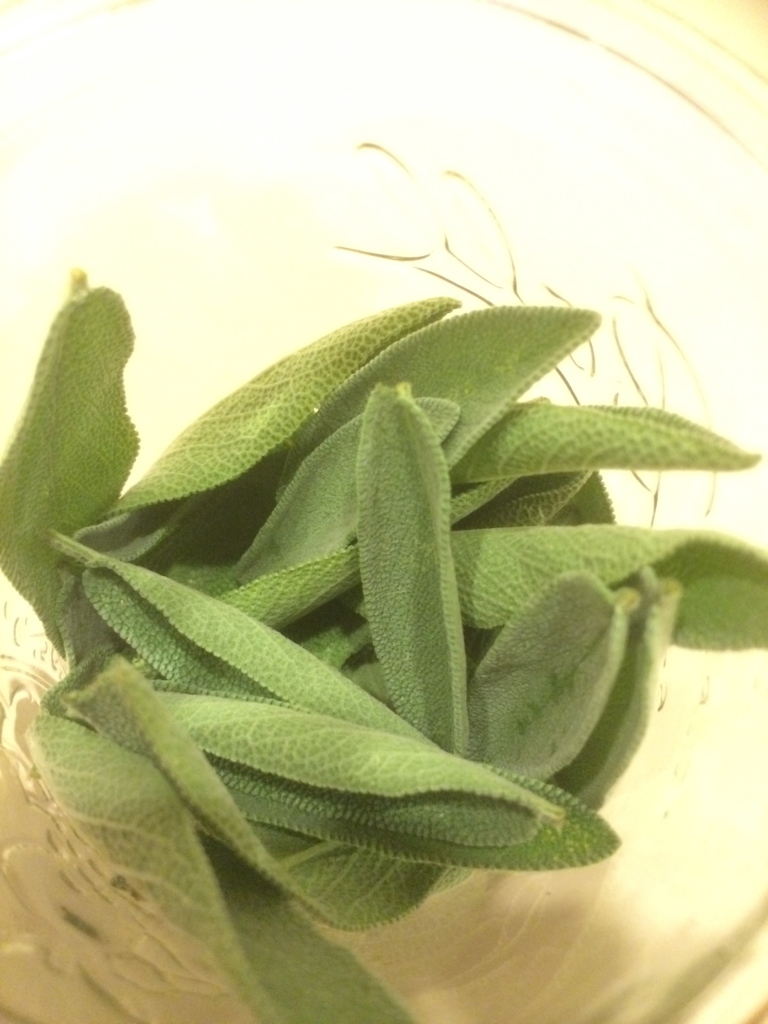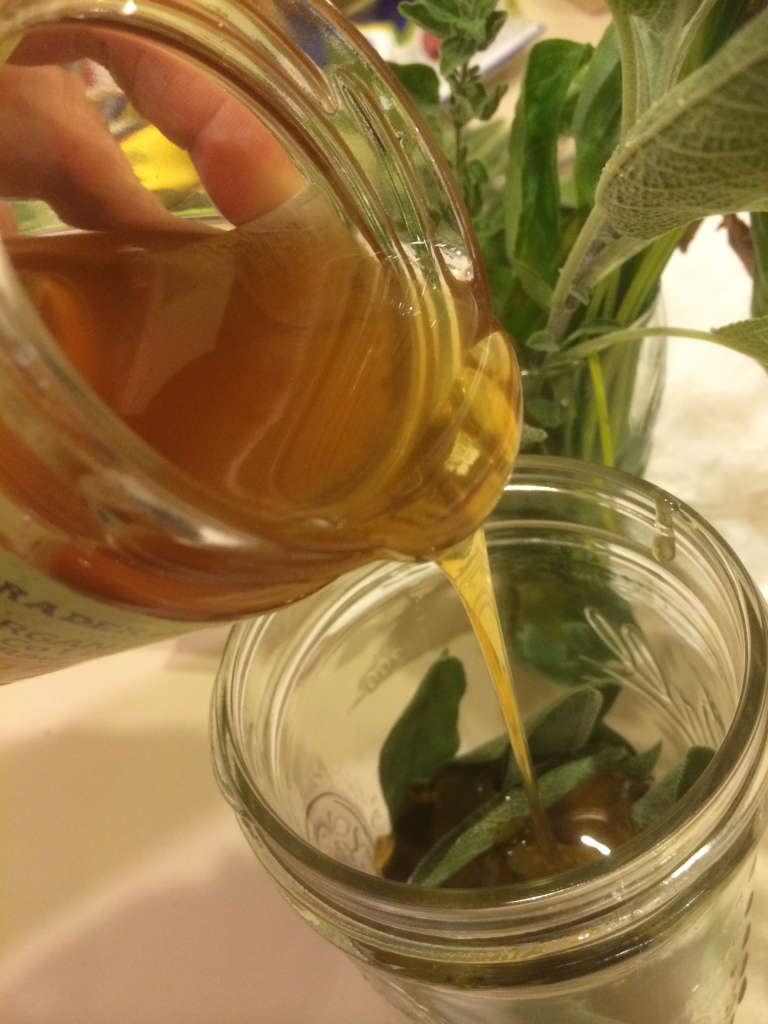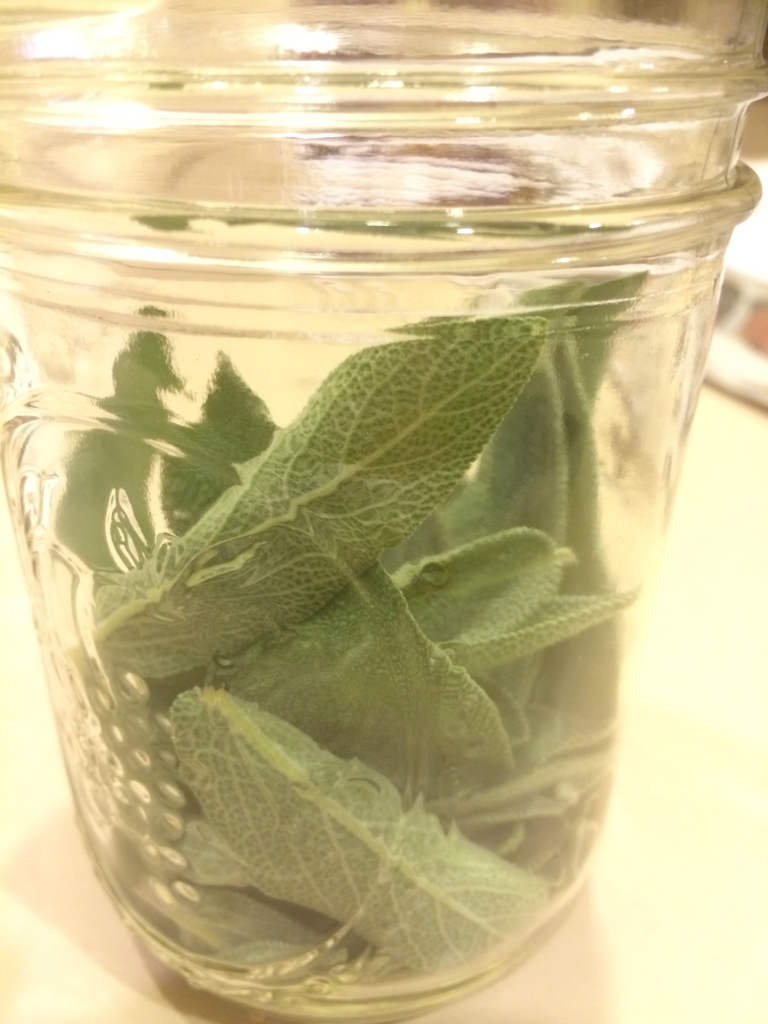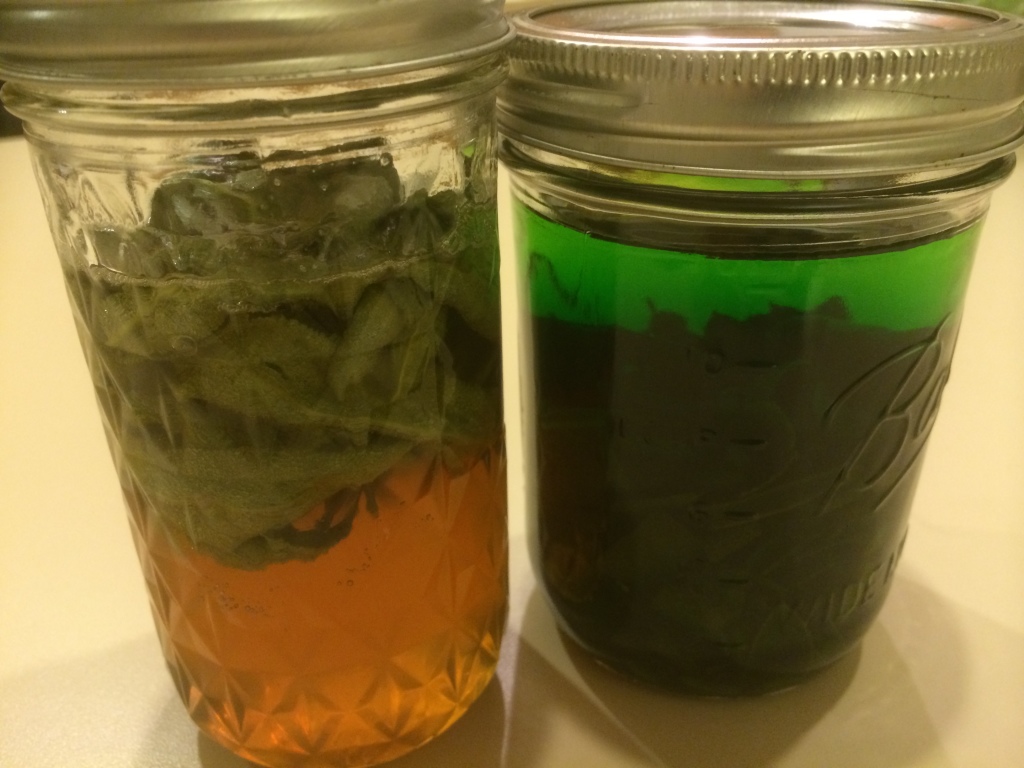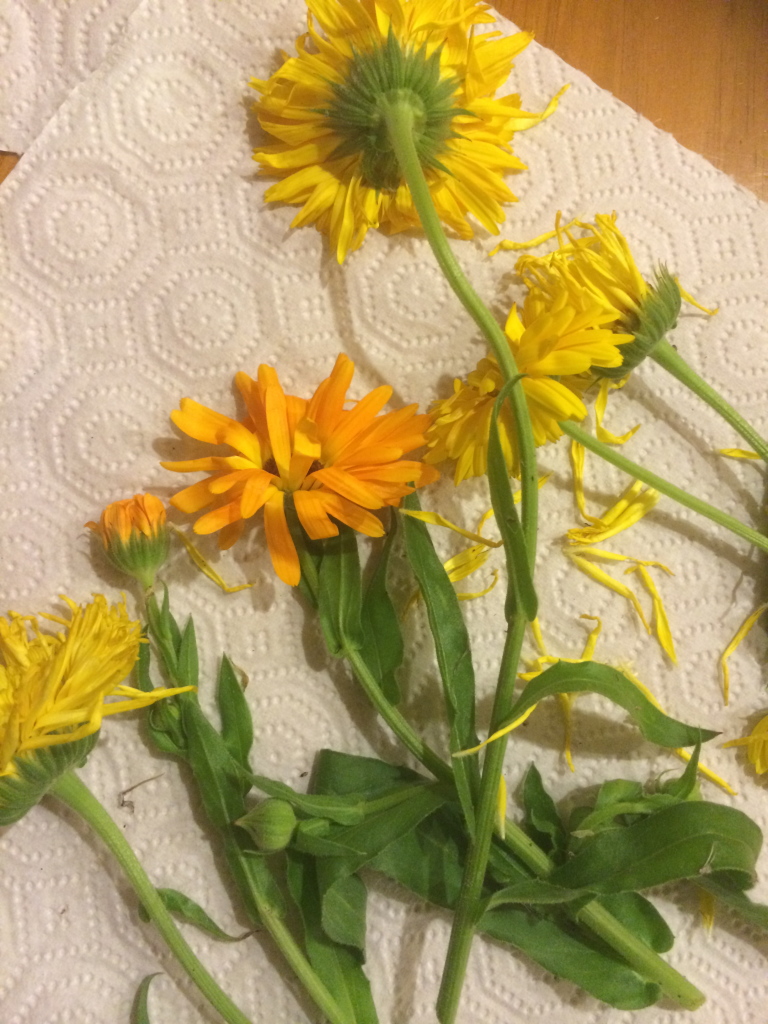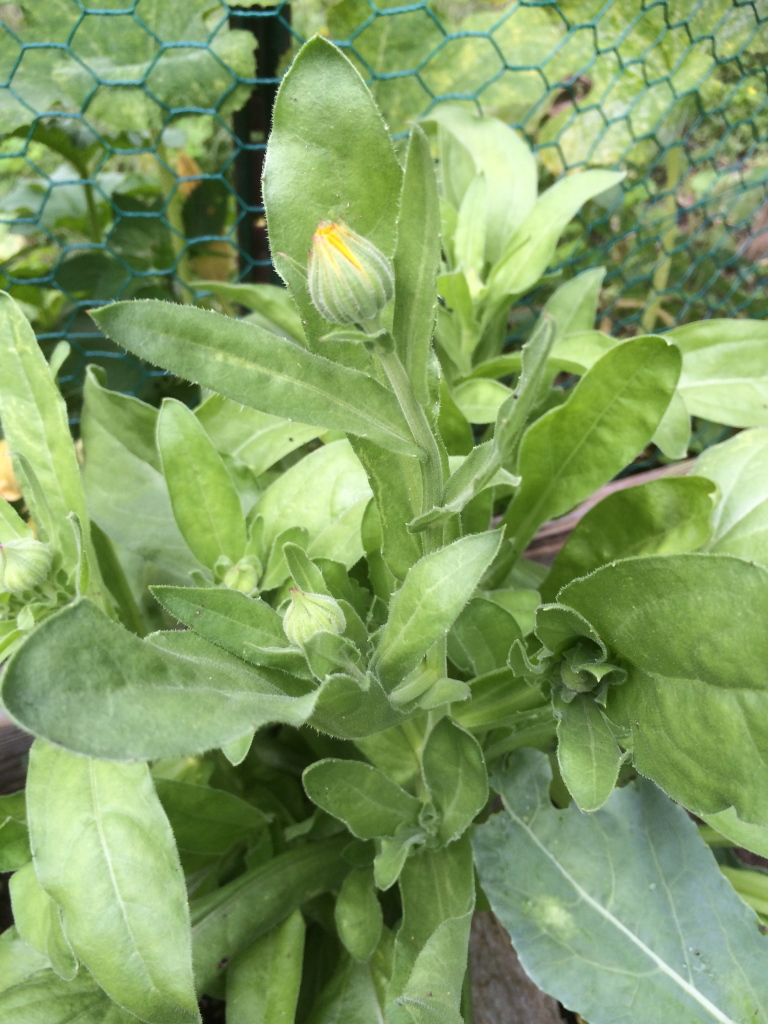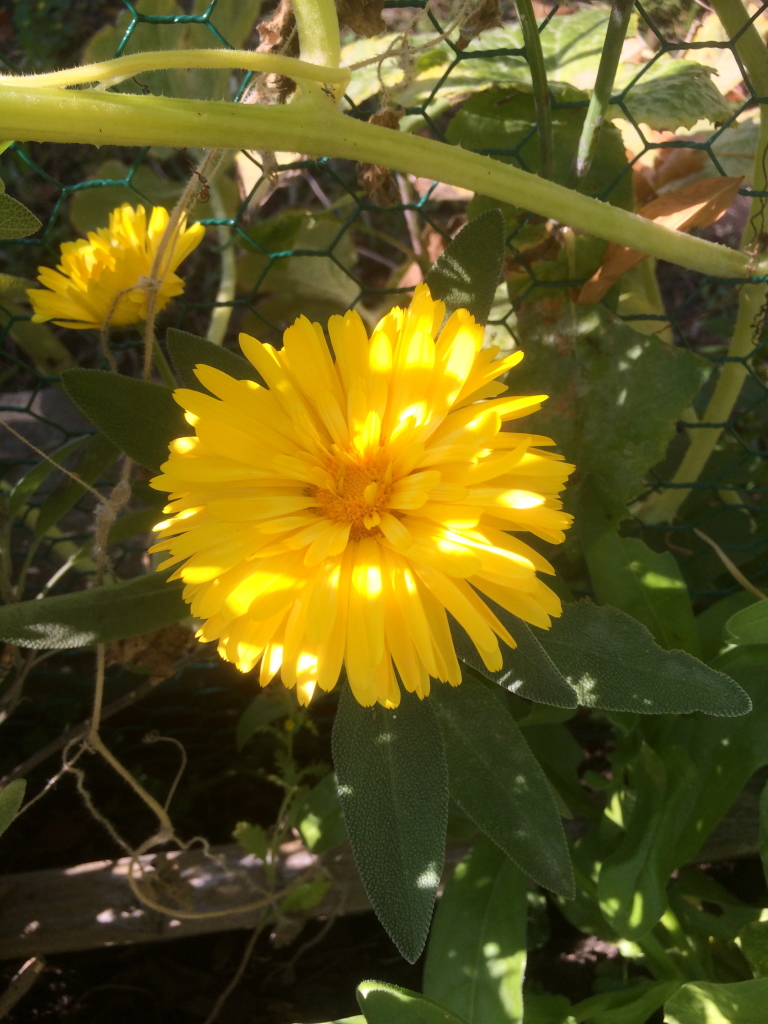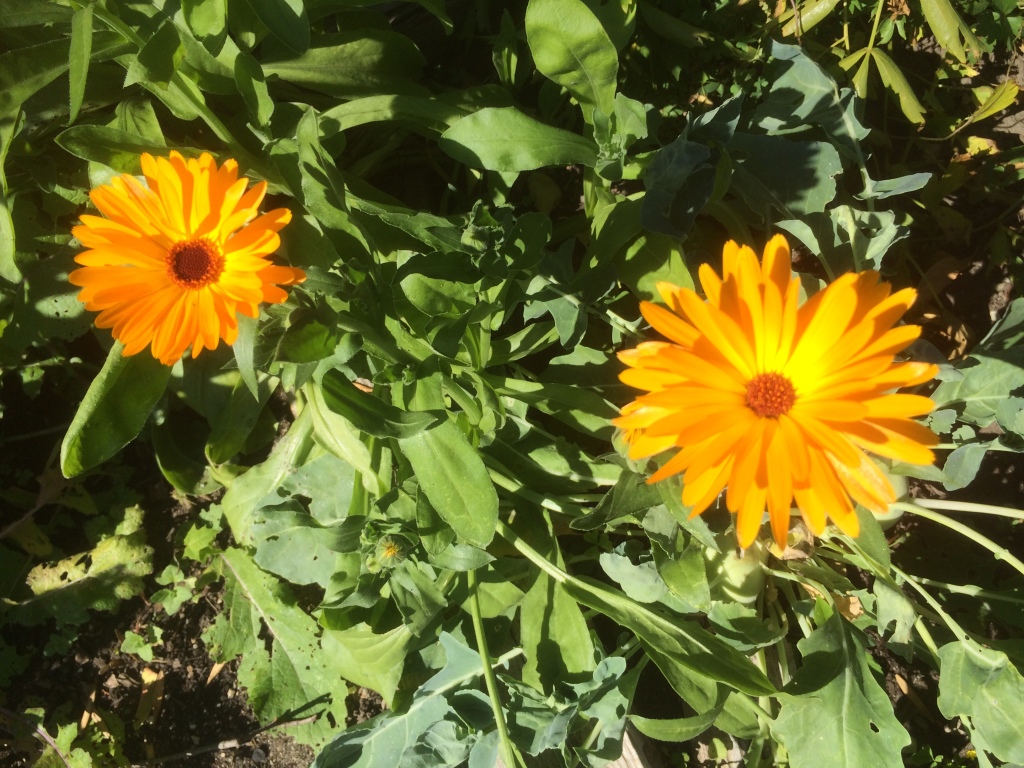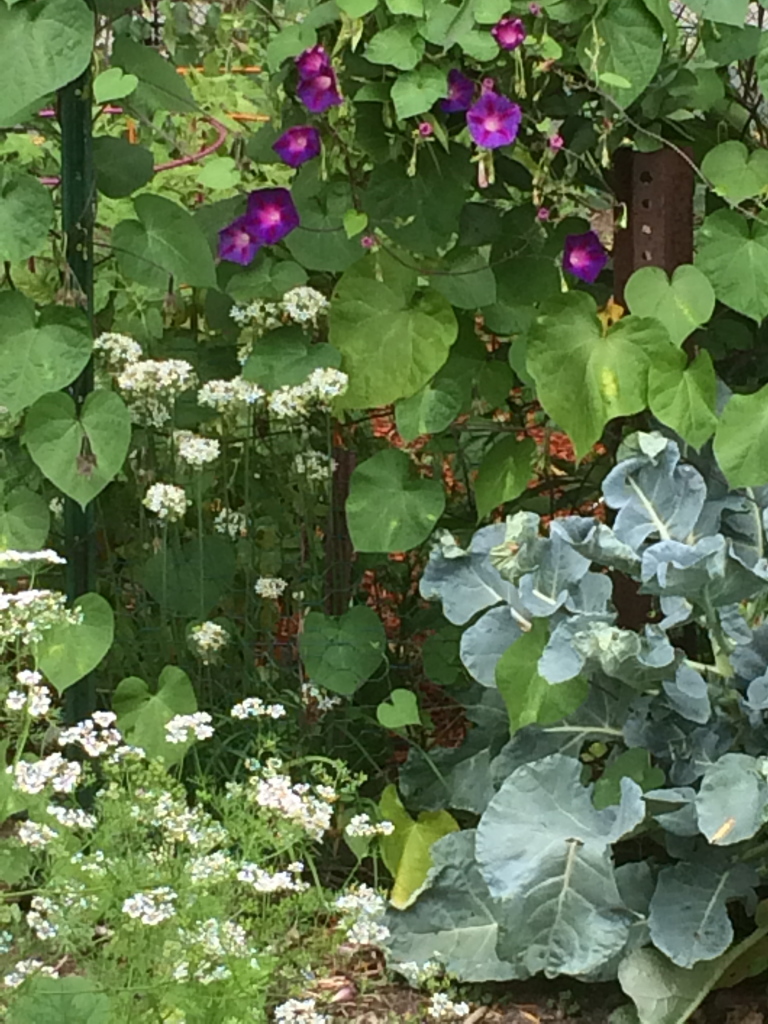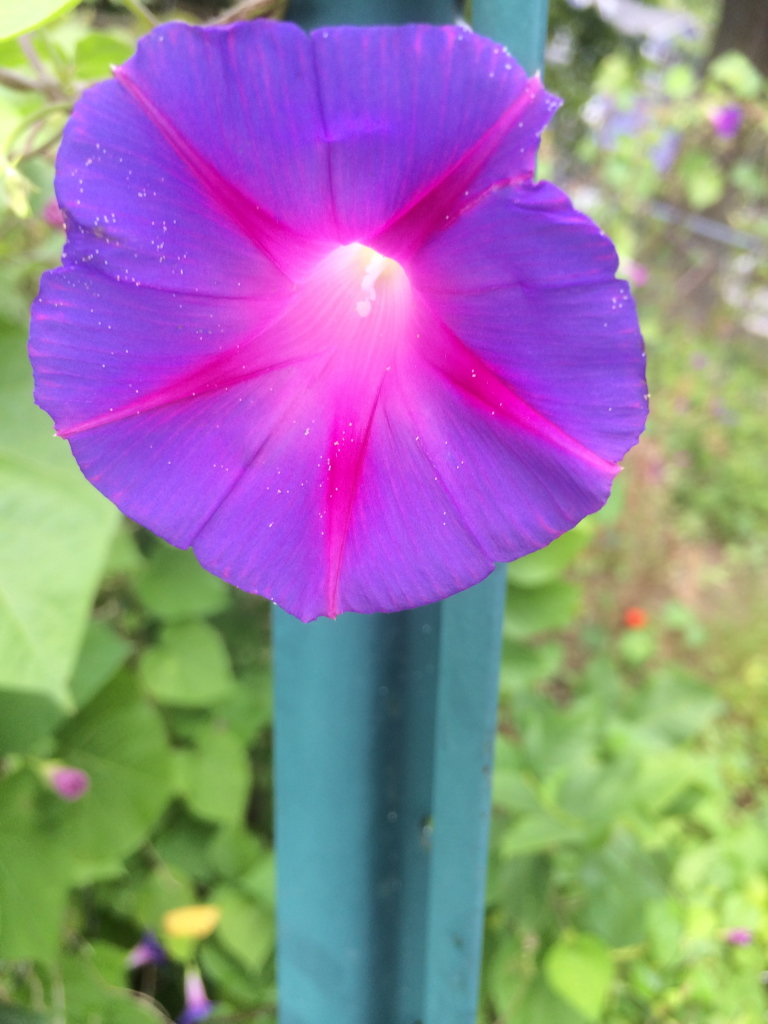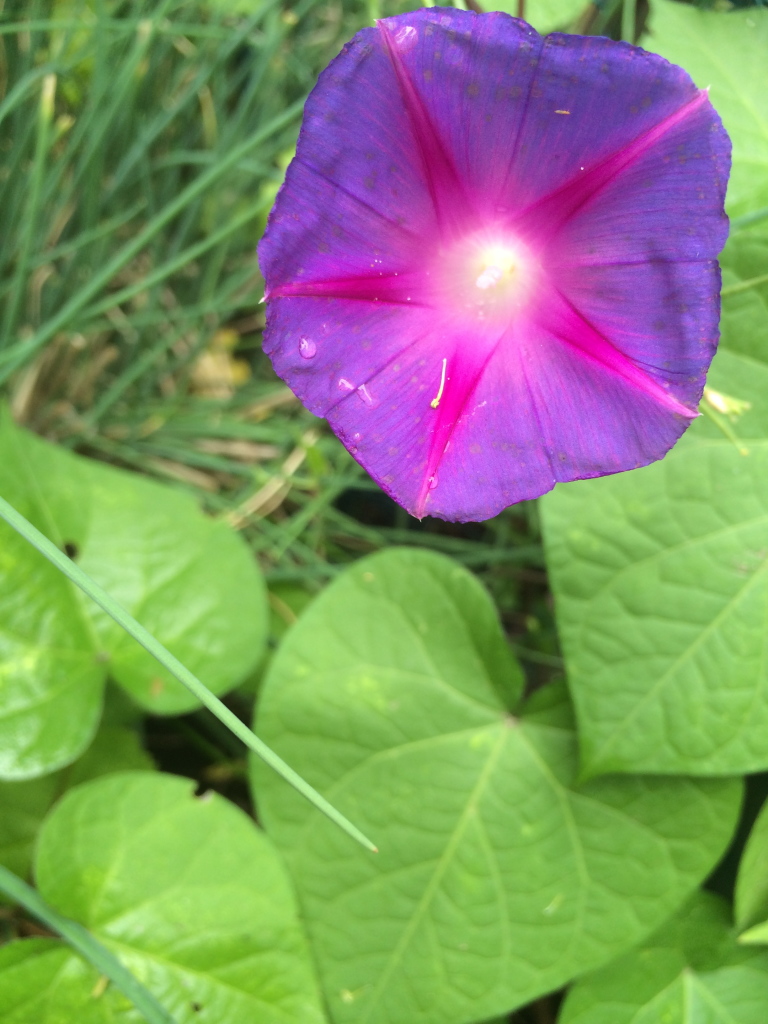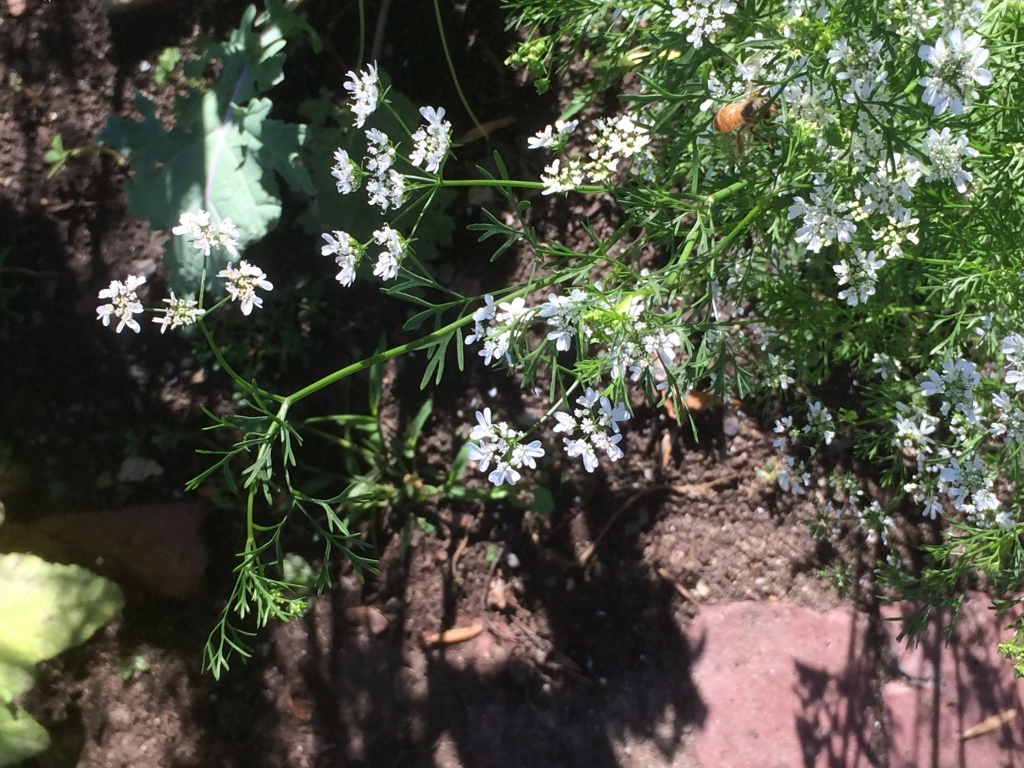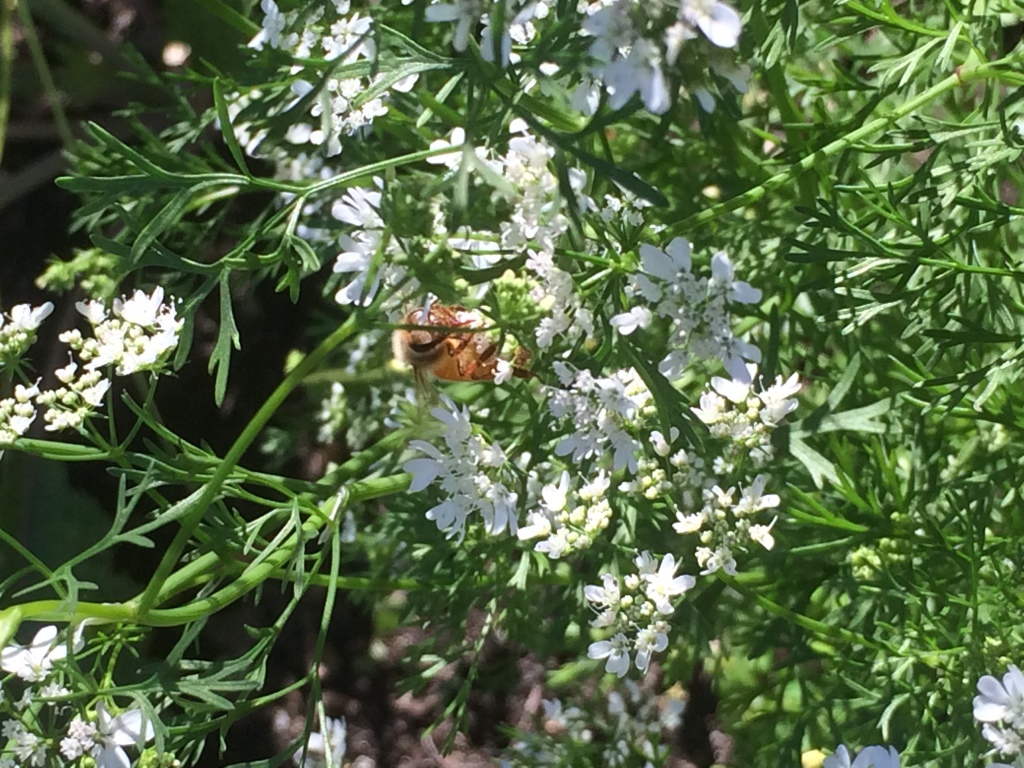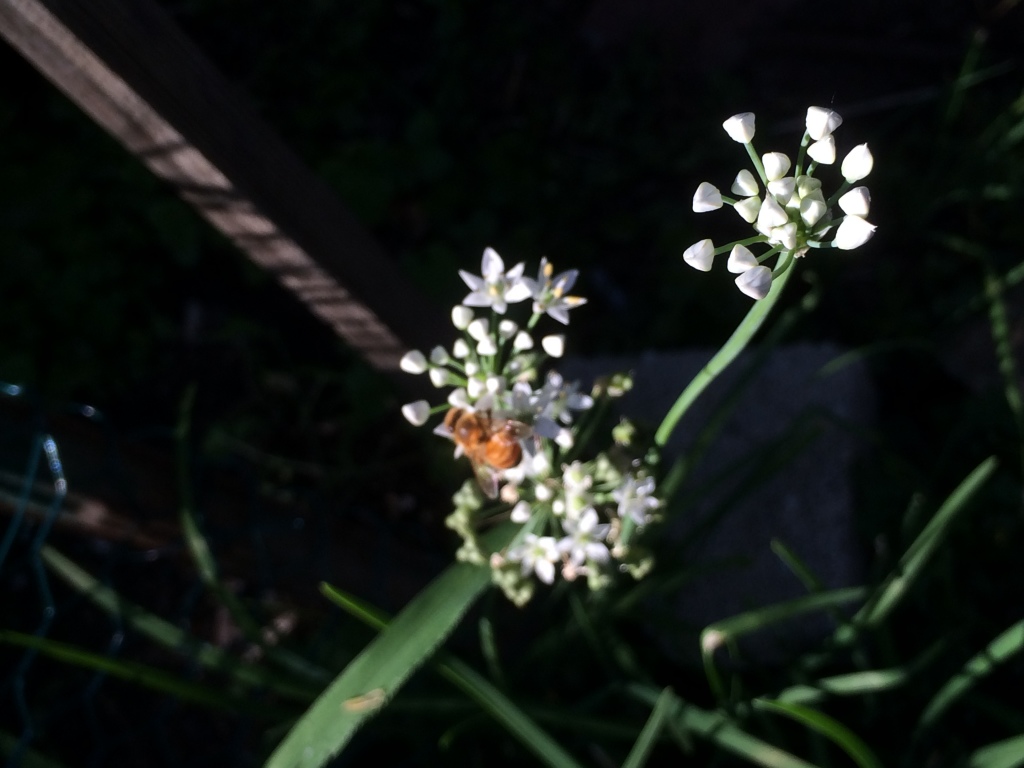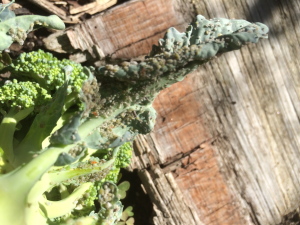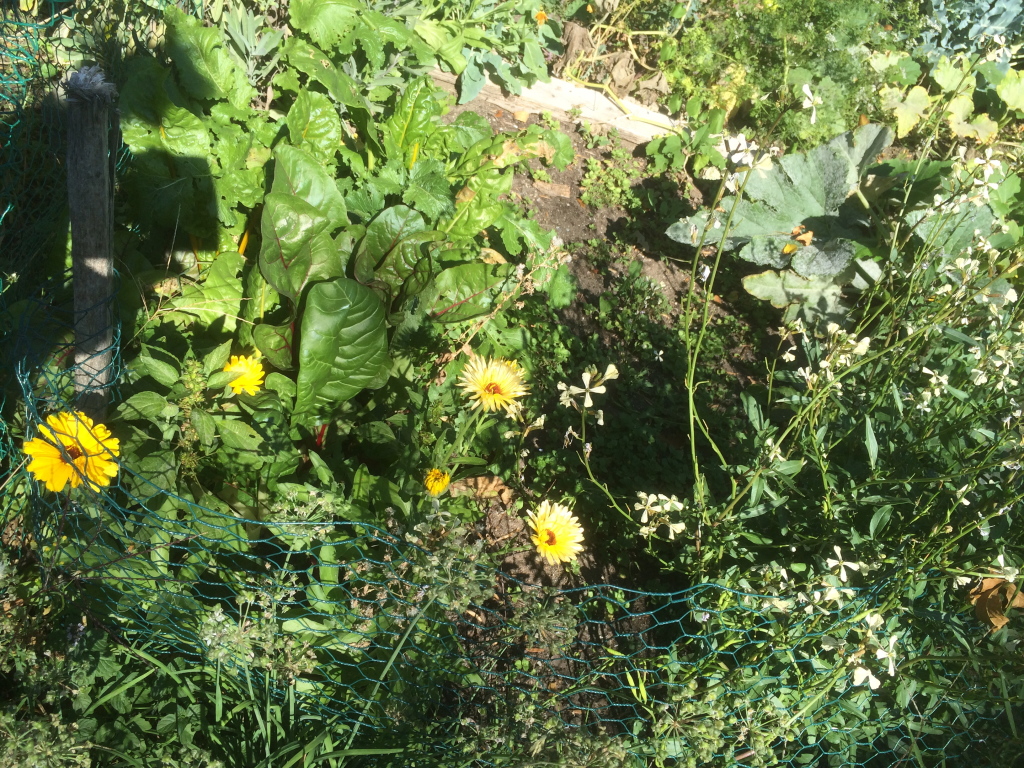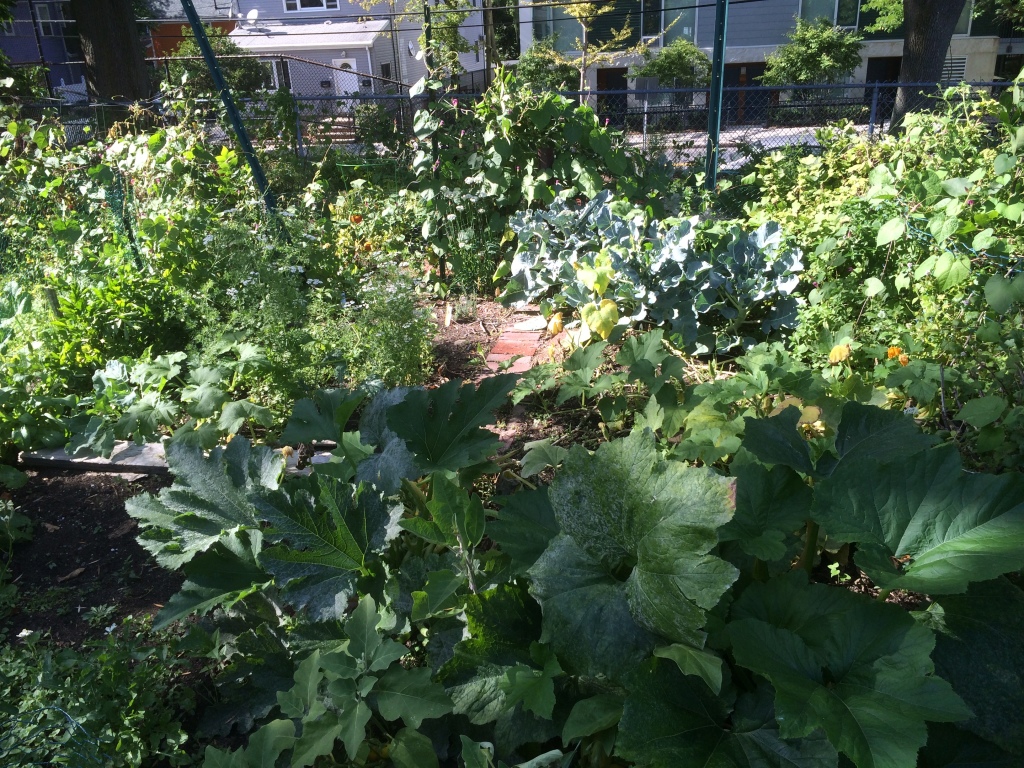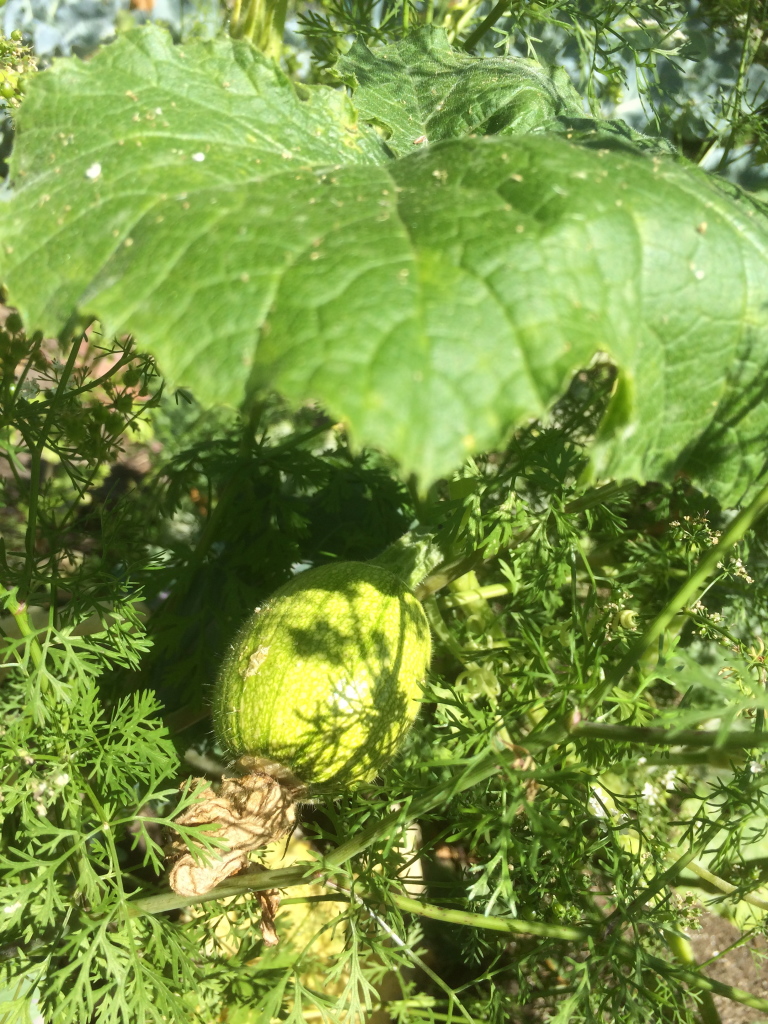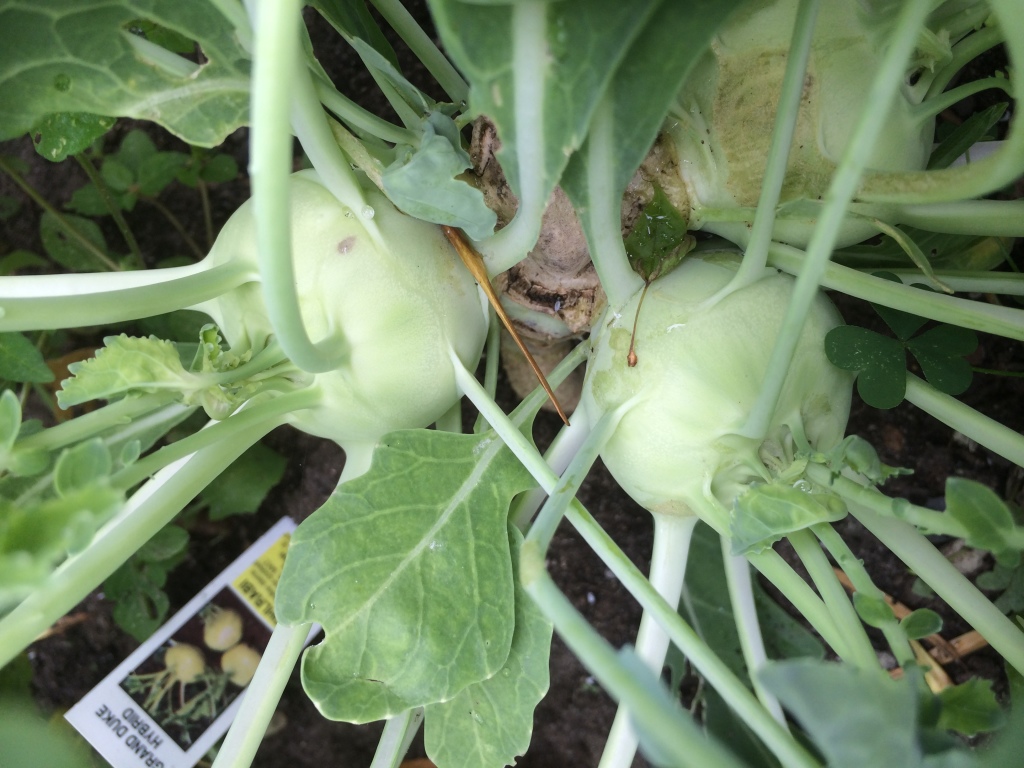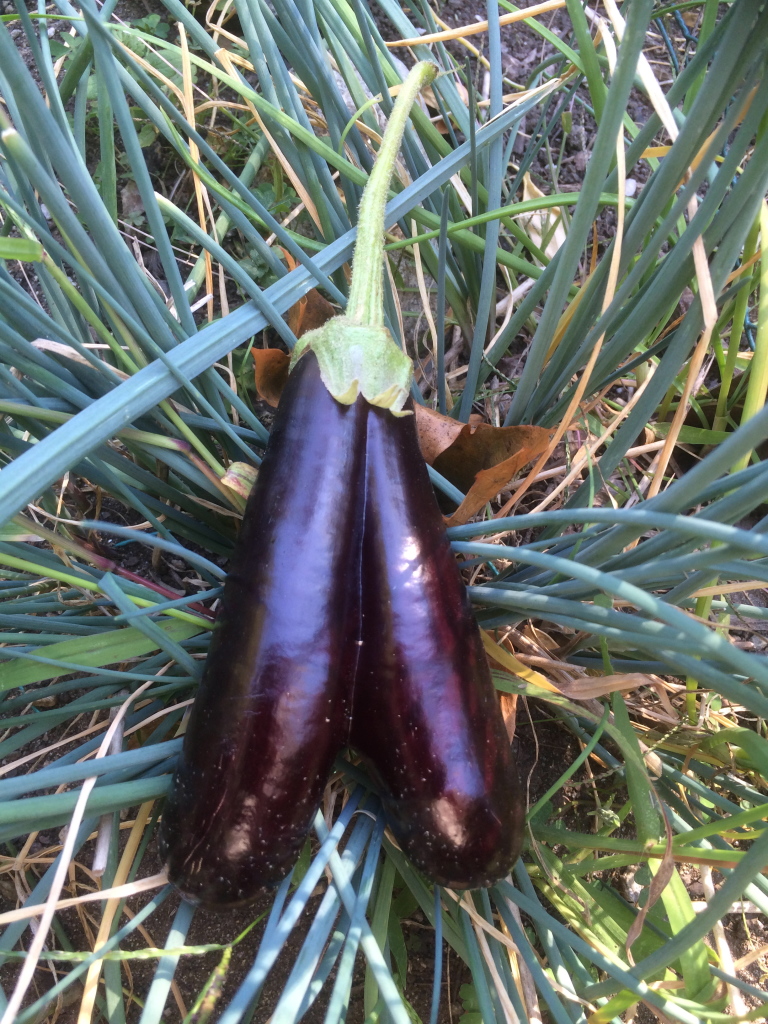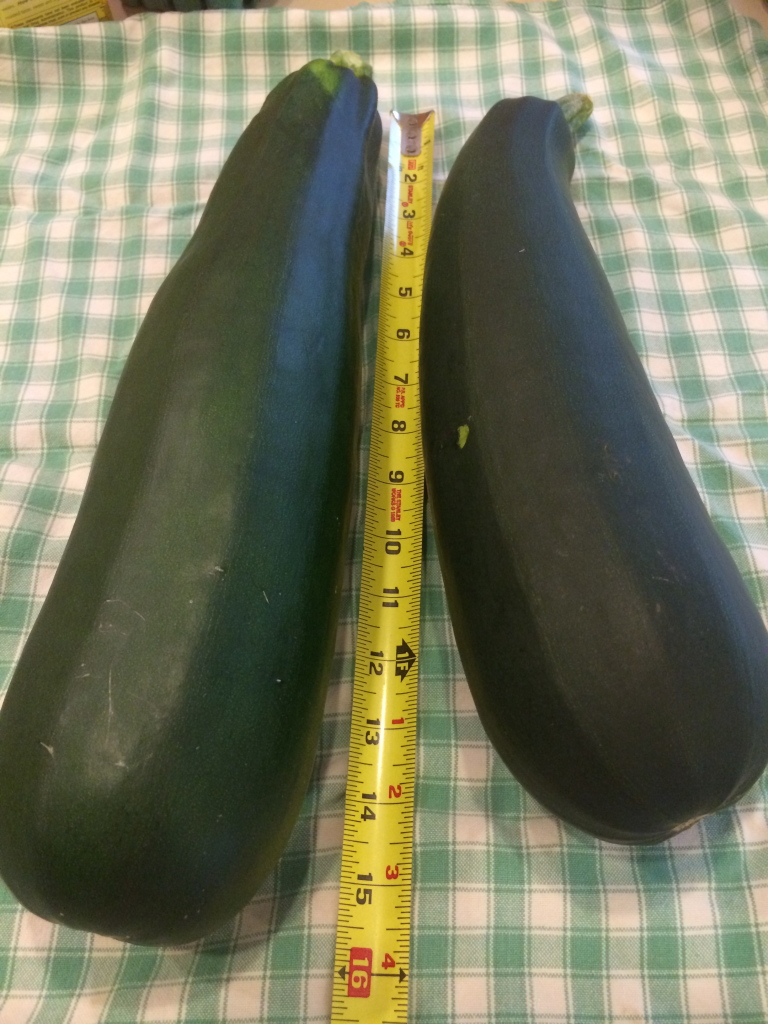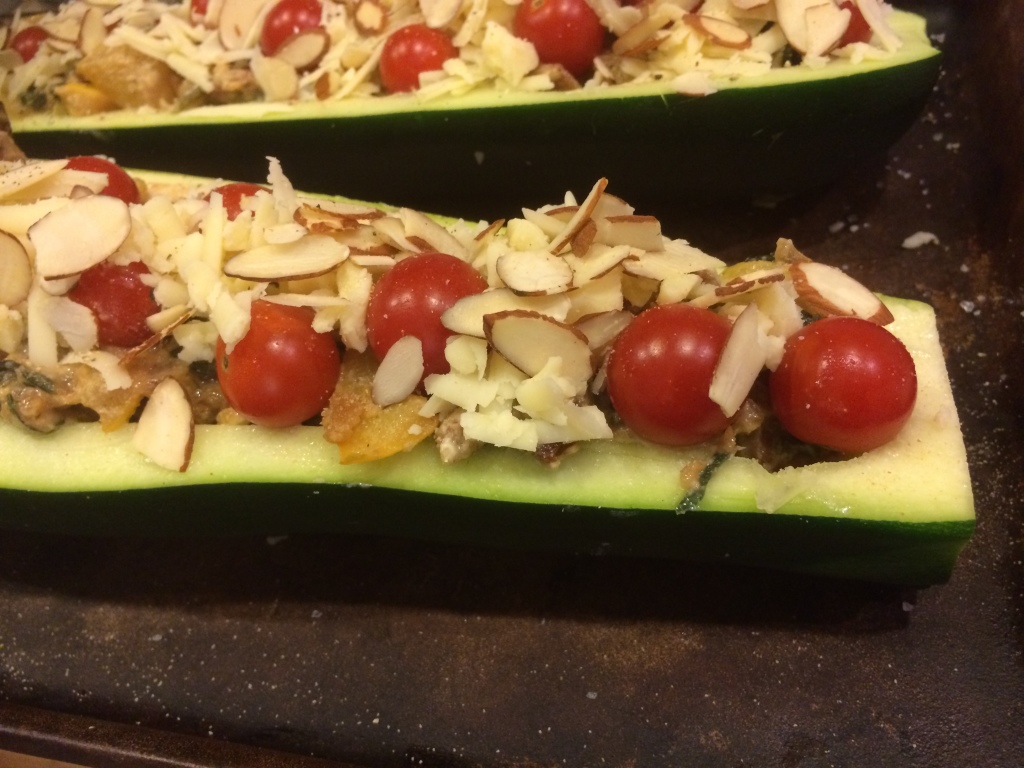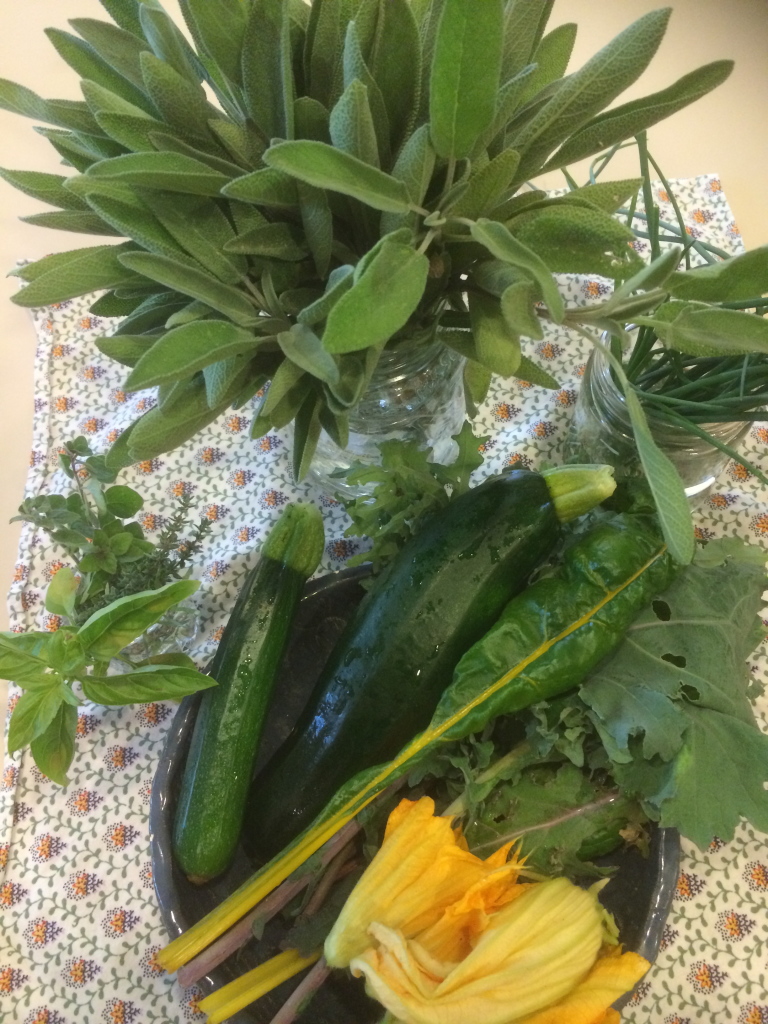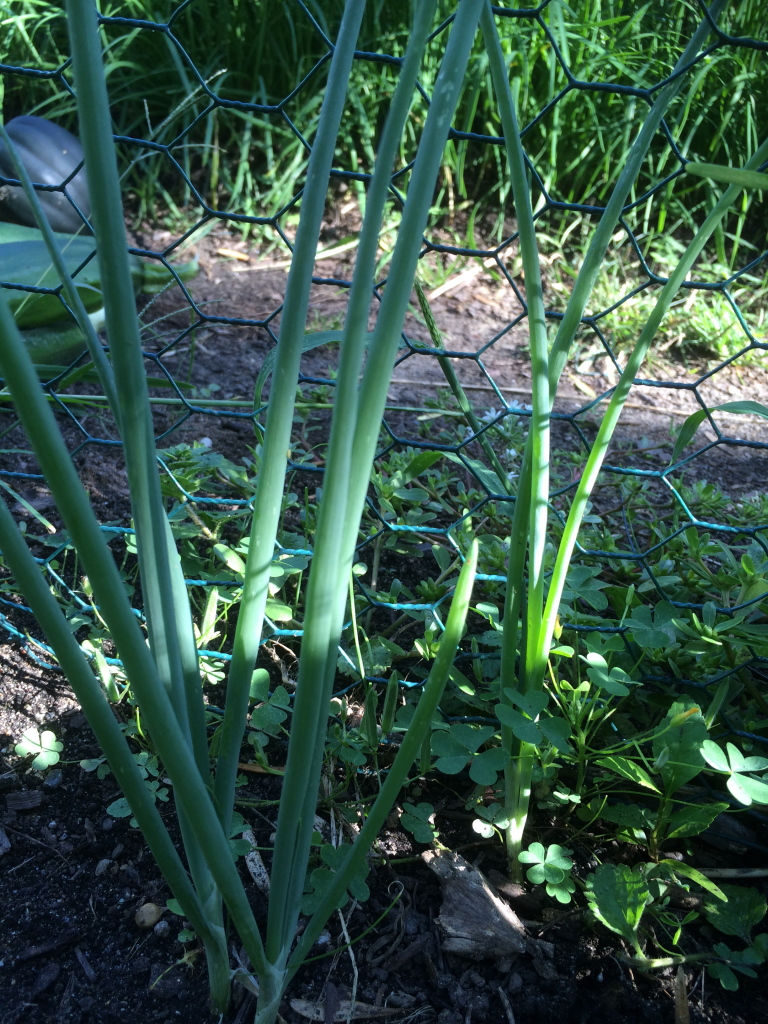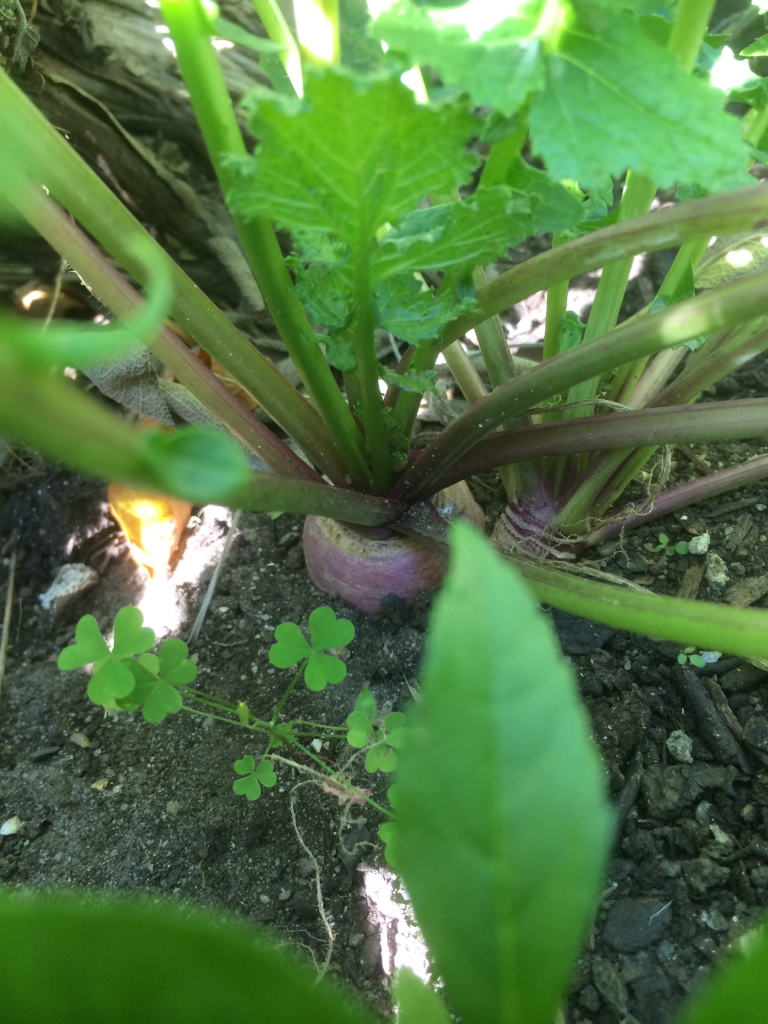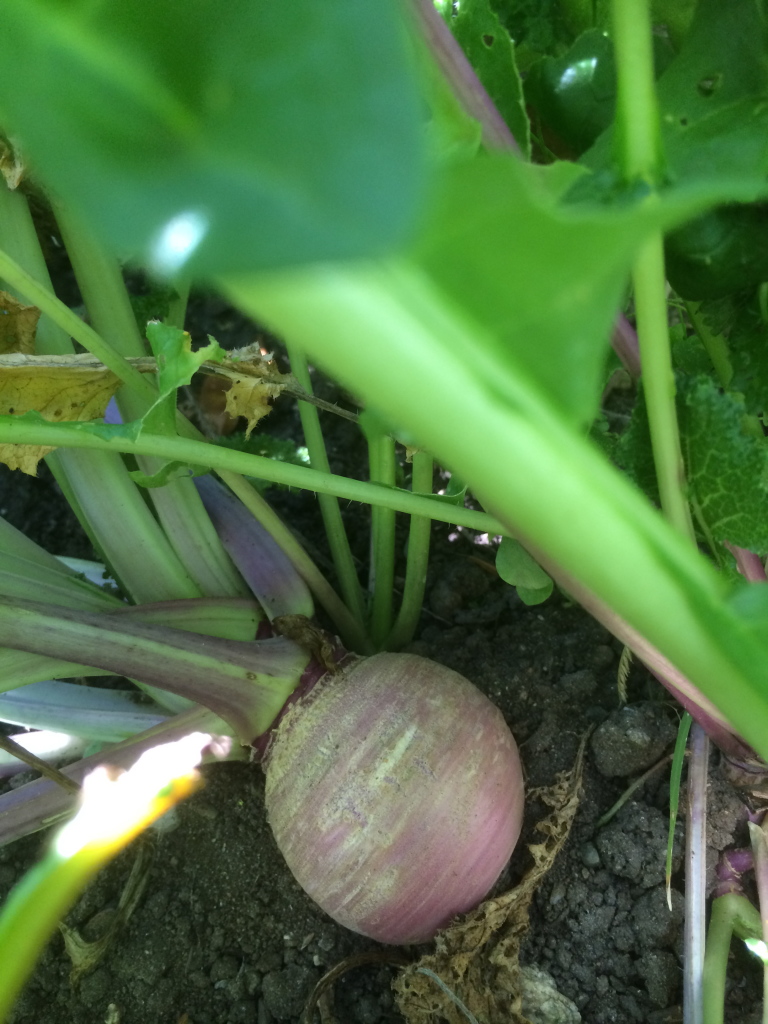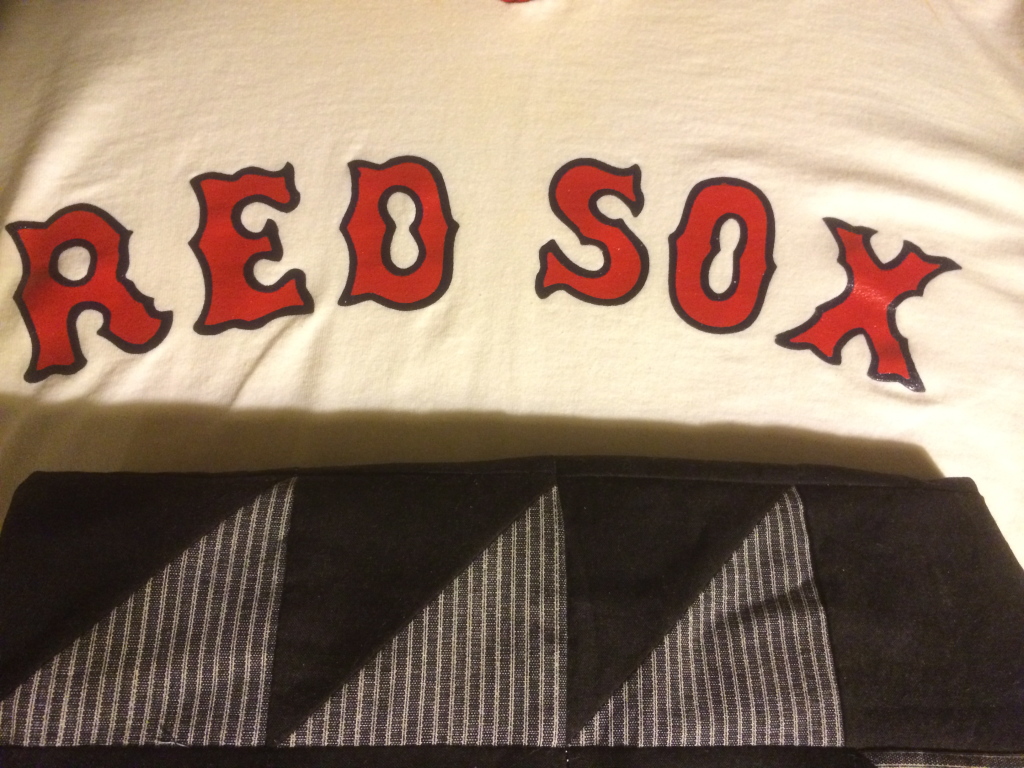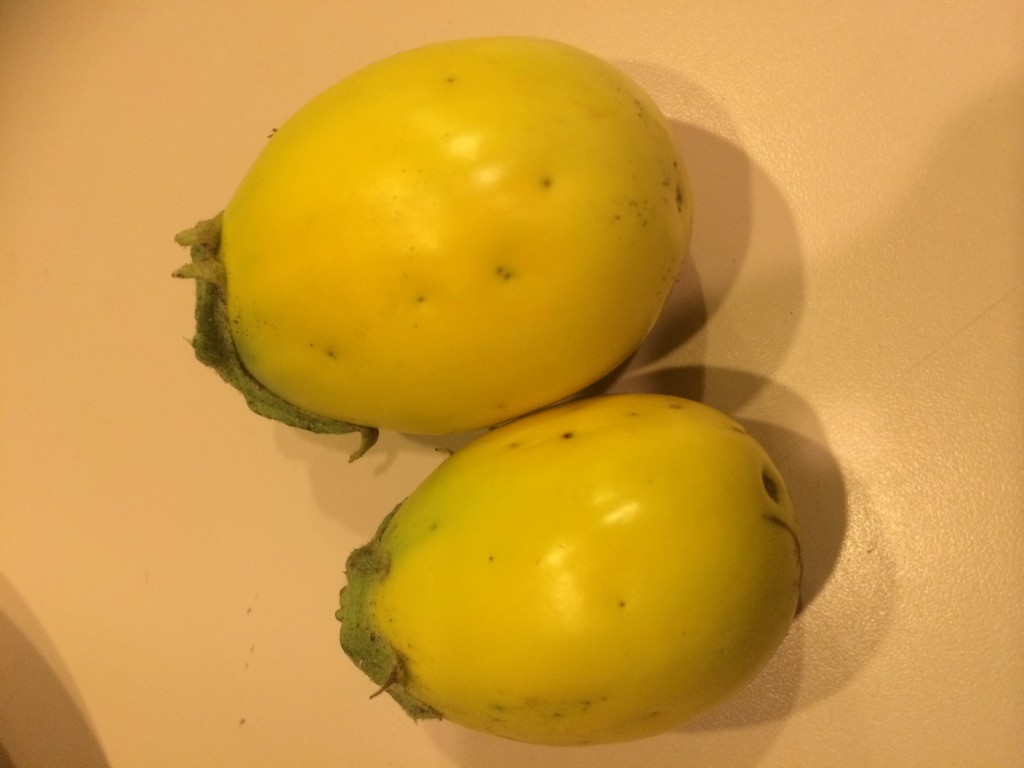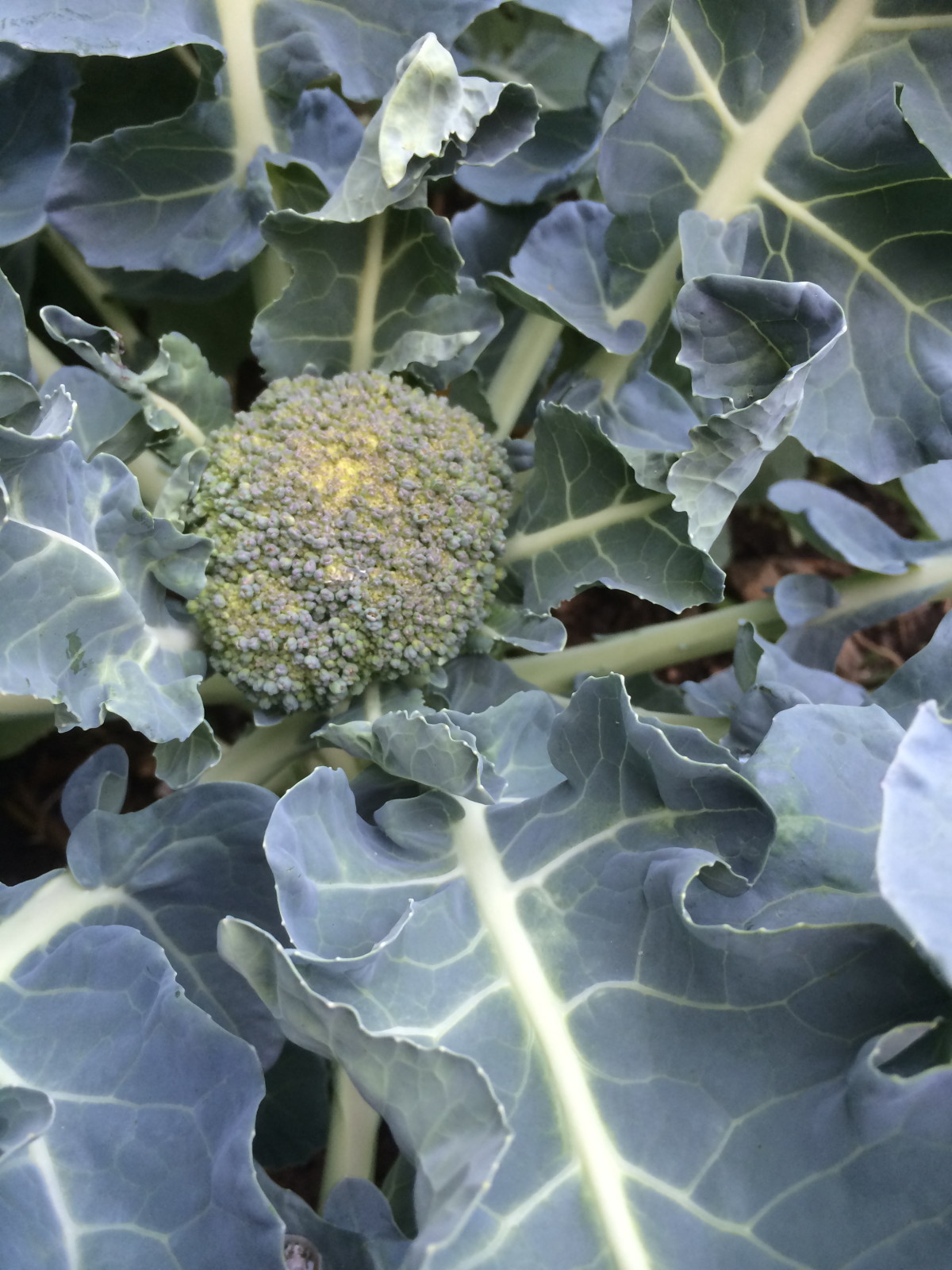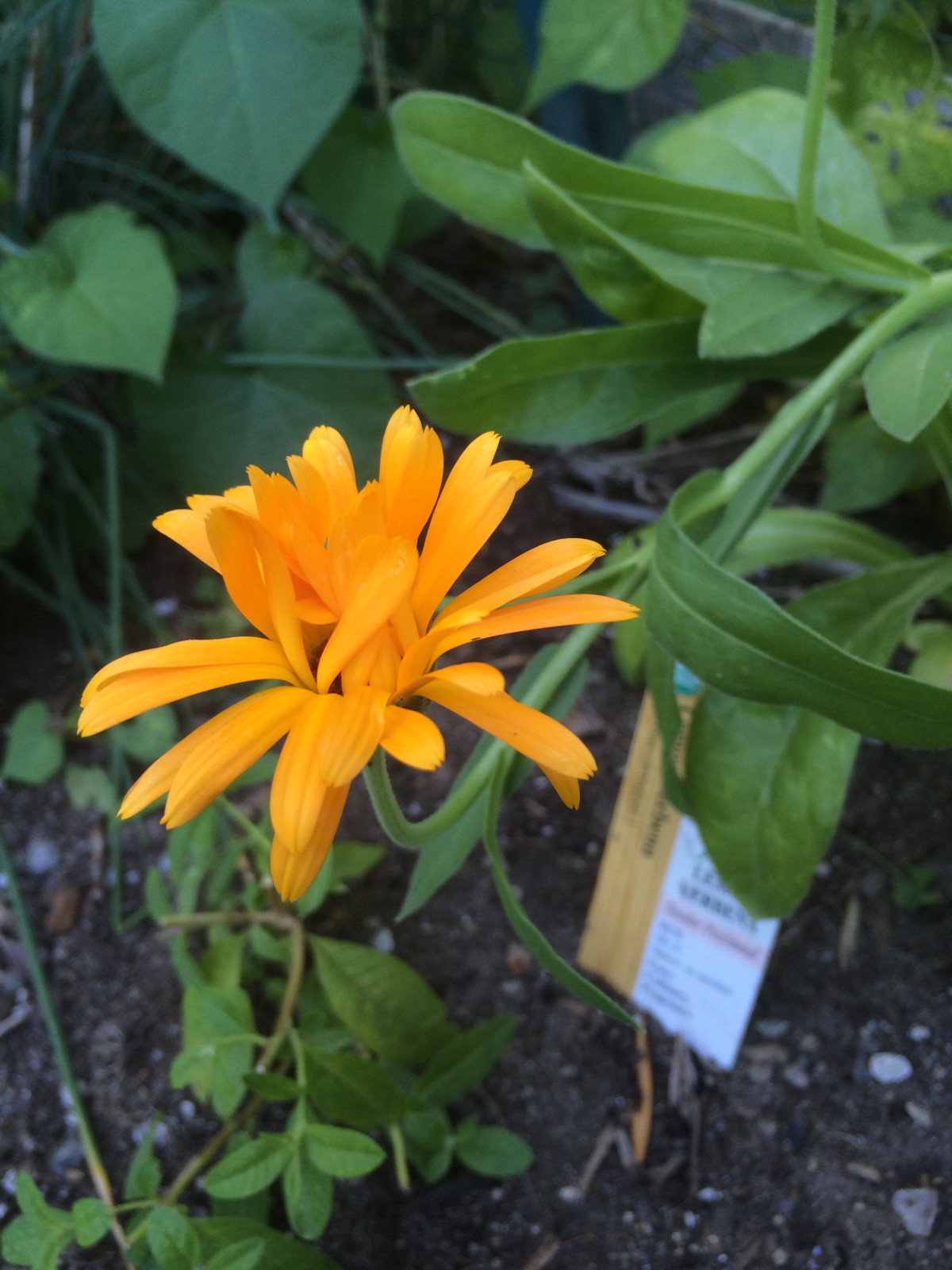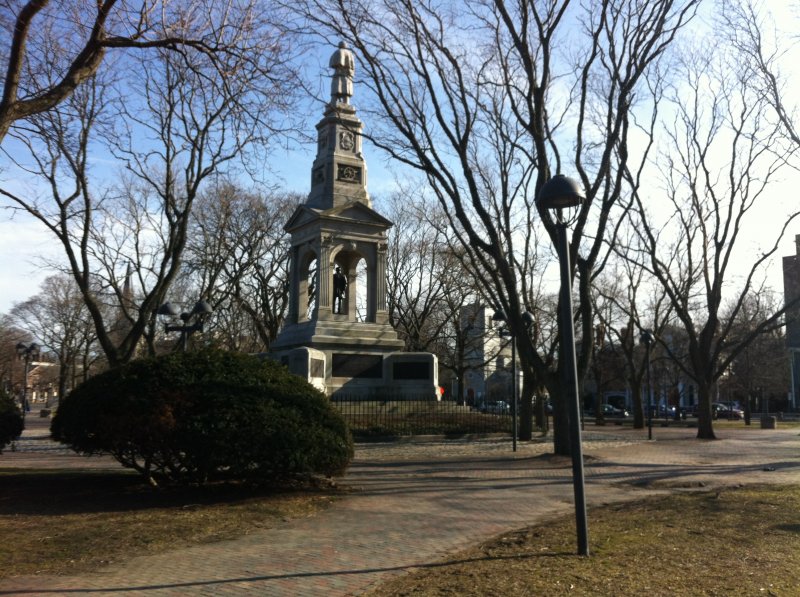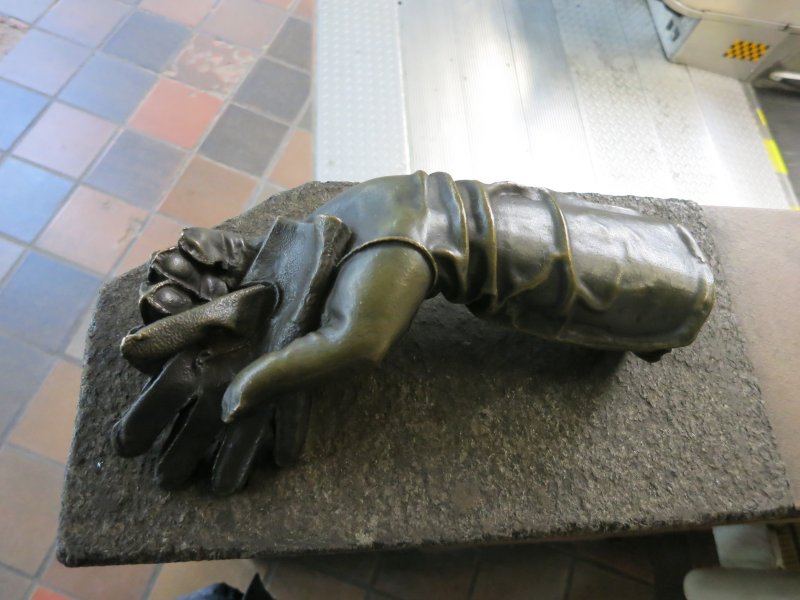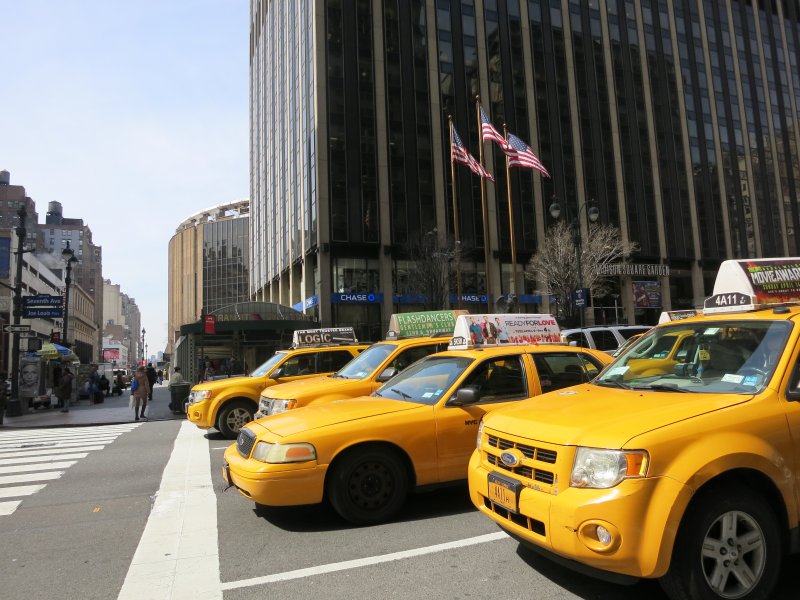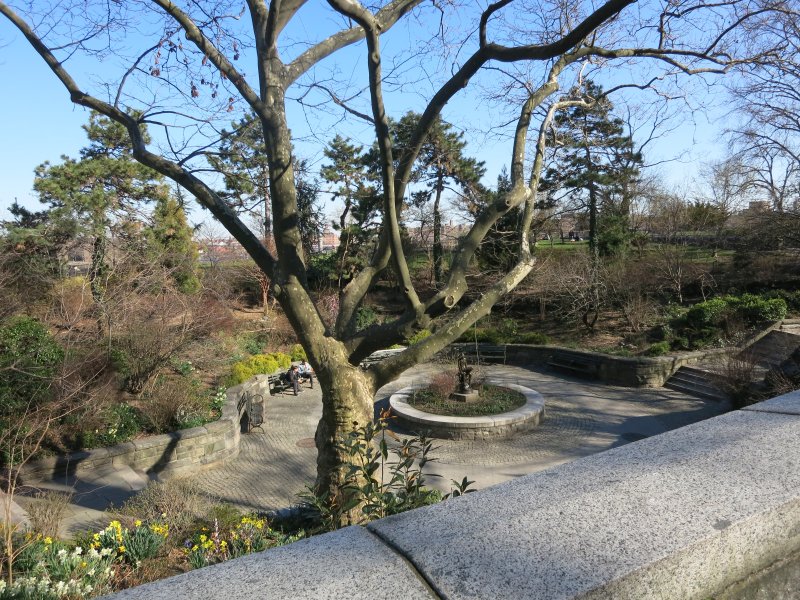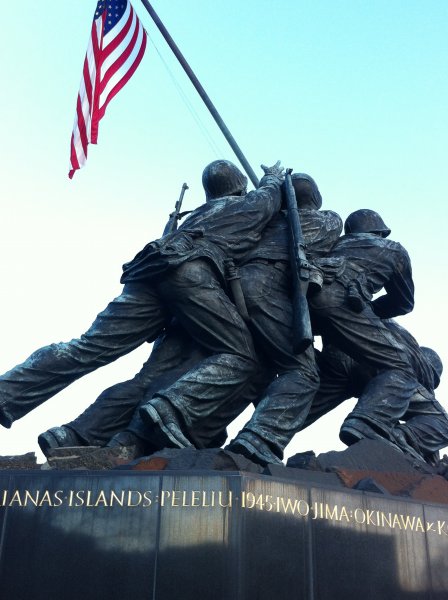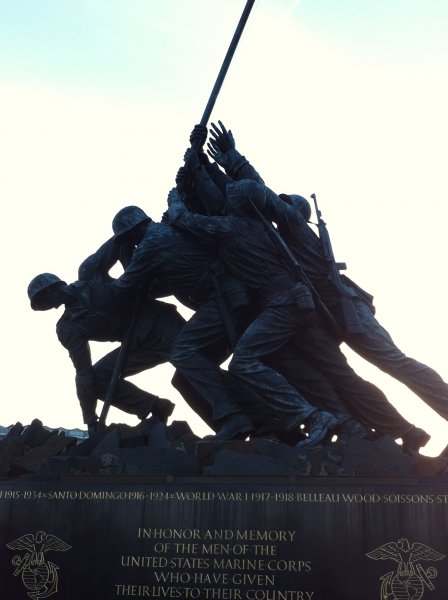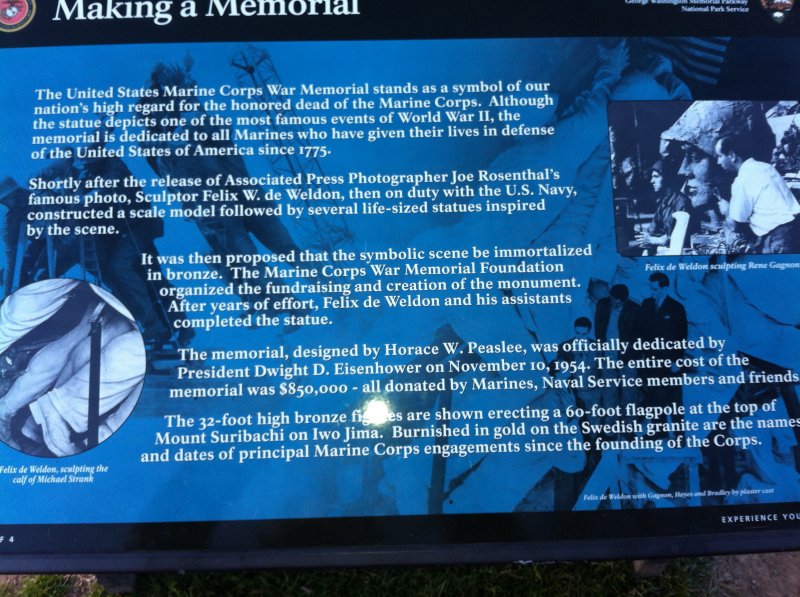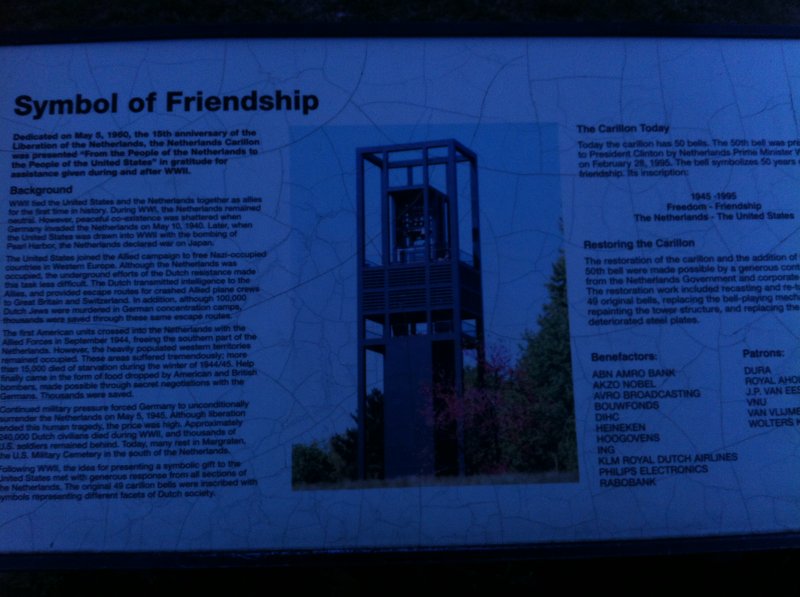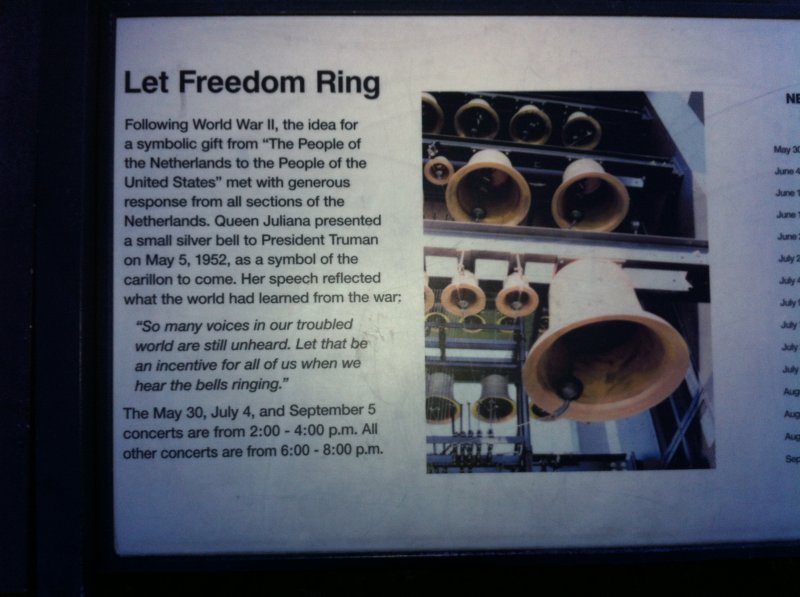The sound of mah jongg tiles clacking against each other is one of my earliest memories, yet I had no idea at the time what those tiles would come to mean to me. Having grown up watching my mother play mah jongg, I started playing myself as a young mom in New Jersey. When we both ended up in Portland, Oregon back in 2005 we started a group together.
There was something truly special about that group. We came together over the mah jongg table, all different ages and backgrounds, and we bonded over those clacking tiles. When my mom and I moved away, the game continued with new women in our place, but we remained honorary members. The friendships we had forged had knitted our hearts together and extended far beyond the game. We called ourselves the Sisters of the Tiles and every trip back to Portland or to visit me in LA always included a mah jongg game.
This March was a cruel month. One by one, three of our Sisters were taken from us. Kathy. Amy. Jessie. Three different generations. Three different reasons. Three painful holes in our hearts.
In honor of my dear lost friends, I am posting a piece I wrote a ten years ago about that wonderful group of women. They inspired me to believe in the possibility of world peace, and I will play on, carrying their spirits with me always.
With much love to all my mah jongg sisters:
World Peace through Mah Jongg
Don’t bother me with headlines. War, hatred, intolerance: it looks hopeless, but I know better. Lately I have become quite optimistic. In fact, I have evidence that world peace is not as unobtainable as those headlines would have you think. I have discovered a prototype for global harmony, believe it or not, right here in my kitchen – around the mah jongg table.
The women I see around my table every week are a beautiful jumble of contrasts: we are liberal, conservative, retired, working, single, married and widowed. From 40 to 82, we have old children, young children, adopted children, no children, grandchildren. They attend public schools and private schools, and we go to traditional and alternative doctors. We are Jewish American, Lutheran, Korean American Protestant, Irish Catholic, Italian Catholic, and Indian Muslim. But I think these women would be upset to read this irrelevant list of our differences, because we think of ourselves truly in terms of what we have in common: we are women, we are friends, and we are here to play mah jongg.
Mah jongg, the ancient Chinese tile game still played in the gambling rooms of China, was modified and brought to America in the 1920’s. While Chinese players scoff at their game’s American offspring, it is played all over the U.S. with fervor and devotion. There are mah jongg groups that last longer than marriages, and some that are more satisfying.
I know whereof I speak. The clicking of the mah jongg tiles is one of my earliest memories. My mother has played her entire adult life. It was a heady moment for me, having grown up under the mah jongg table, so to speak, when she invited me to form a new group with her. To be offered a permanent place at the table with my mom – well, I was playing in the big leagues now.
The task of choosing the other players to join us every week was not taken lightly. Our group was destined to be different simply by starting with two generations instead of one. Once that norm was thrown out the window, why not form a group outside all the usual conventions? As our multi-age, culturally varied group came together I heard the walls of convention come tumbling down.
This is where hope for world peace began. Objectively speaking, the faces around the table come from populations that have been at war with one another – some recently. Religious conflict, economic clashes, political animosity: we represent a world of warring factions. Yet we have played amicably through wars and elections. In spite of our cultural and religious differences we have developed deep bonds of friendship. What secrets lurk among the tiles that have caused this amazing harmony?
First of all, to be played well, mah jongg requires concentration, and we are here to play. A shared goal is a powerful distraction from one’s differences. The learning curve is steep, and my mother, our fearless leader, is a stickler for the rules. She cracks the whip to keep us on task as the acknowledged representative of the greater authority: the National Mah Jongg League. They make the rules and it is the League that we curse and rail against. Why can’t we use a Joker in a pair? Why? Why?
So we focus and work, too busy playing to label or judge. Instead, respect and regard for one another build with each tile played. Snippets of conversation slip between moments of concentration and we hear interesting things. We learn about each other, and from each other. We hear about travel to places we’ve never been, ideas we never considered, traditions that are new to us.
The discipline of the game is also a great equalizer. It is no fun unless everyone is playing well, and we are all expected to pull our own weight. So, menopausal migraine slowing you down? Light headed from Ramadan fasting? Recovering from surgery? Buck up, sister and play on!
We are pared down to our essentials. We recognize each other: we are women. Our first questions are always about our loved ones and our health. What else is there that matters more? We have seen each other through problems big and small over the years. We have lost a husband and a father, and nursed parents and friends through illness. We have helped each other through health scares and concerns about the children. We have commiserated over traveling husbands, departed husbands and lack of husbands. We have celebrated milestones and cried tears of joy and sorrow together. There are no political or religious or cultural differences big enough to stop women from understanding what fills each other’s heart every day.
The last secret of the tiles lies on the kitchen counter nearby. Every game day we are treated to delicious food, and a world of good and understanding are found in every bite. We have tasted new foods, offered the others our own traditional favorites, and shared recipes, the universal offering of friendship.
In a world where the headlines are as depressing as they are today, my mah jongg group gives me hope. Every week I see consensus and accommodation blossoming from mutual respect.
When we set up the game, I look with reverence at the beautiful hands mixing the tiles: dark, light, smooth, wrinkled, with rings and without, and I smile. We have chosen to come together, we have chosen to nurture what we have in common and be enriched by our differences. We have chosen to play mah jongg and to be friends. Such are the choices that can lead to world peace.
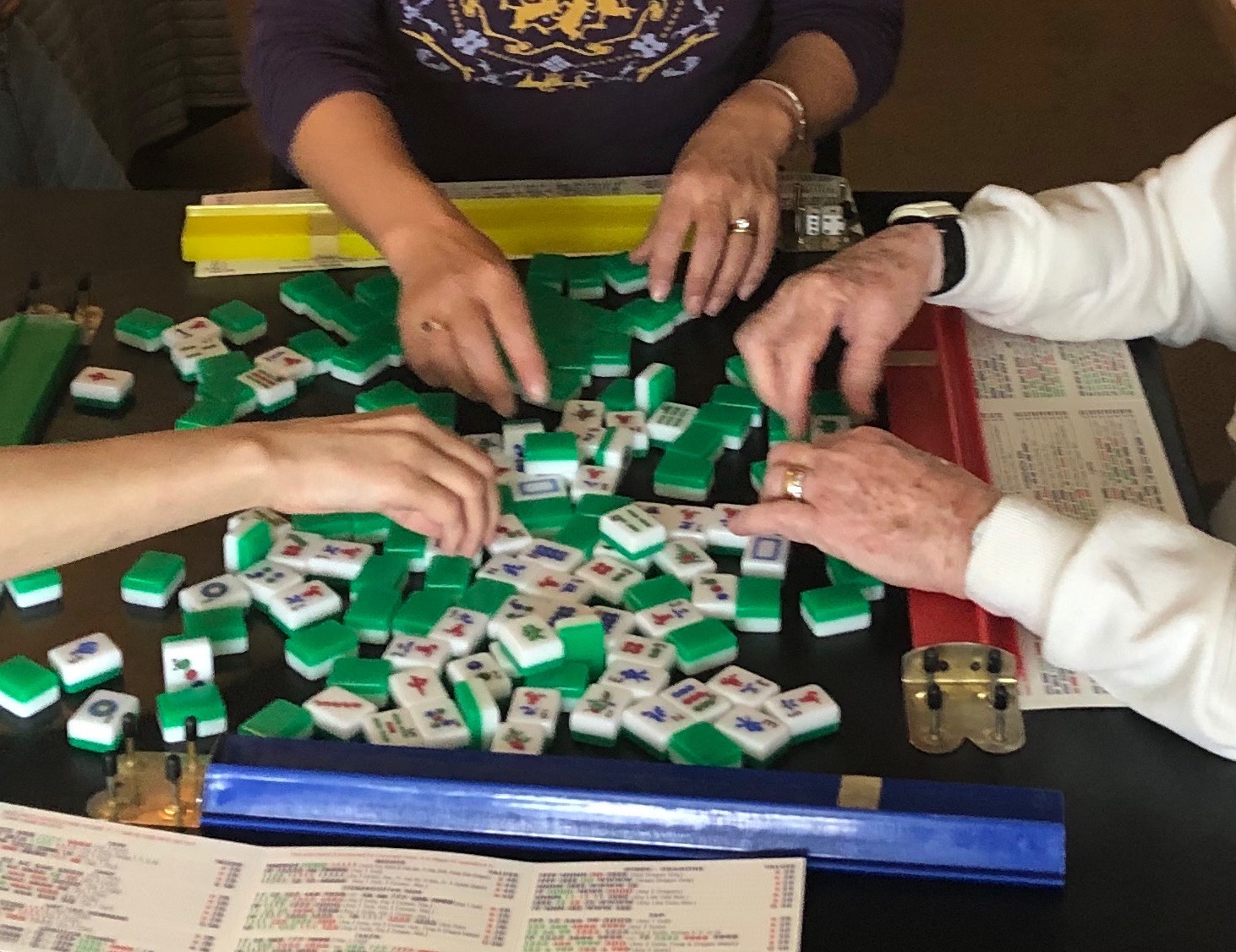
Like this:
Like Loading...

